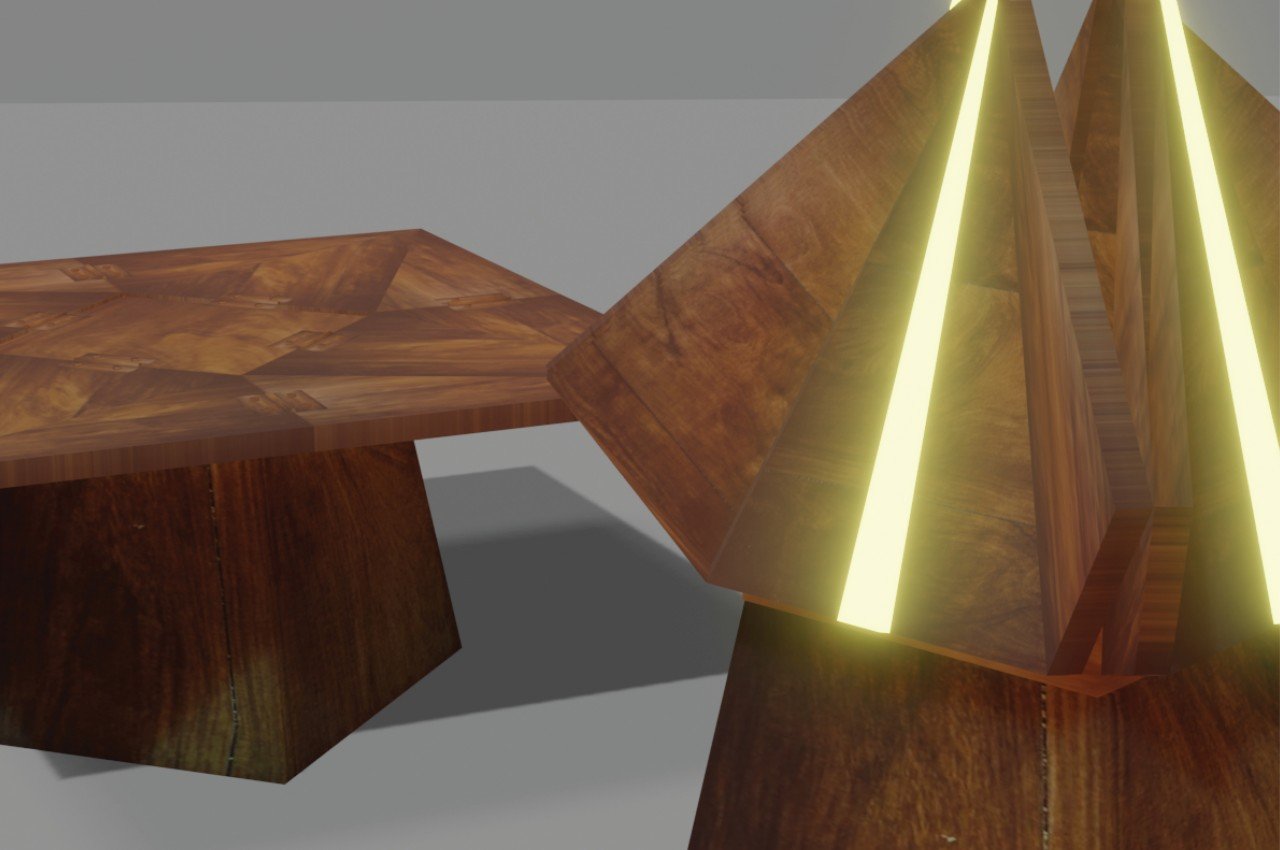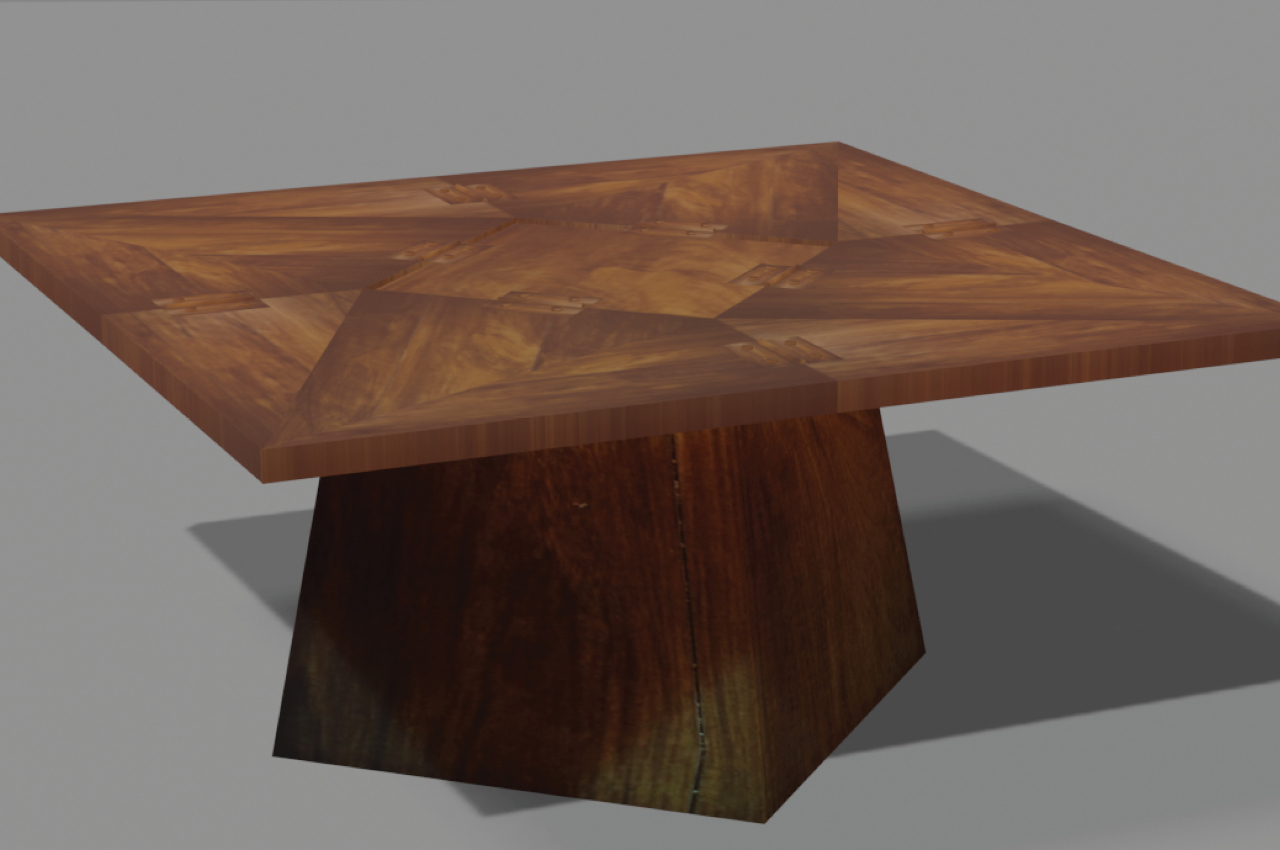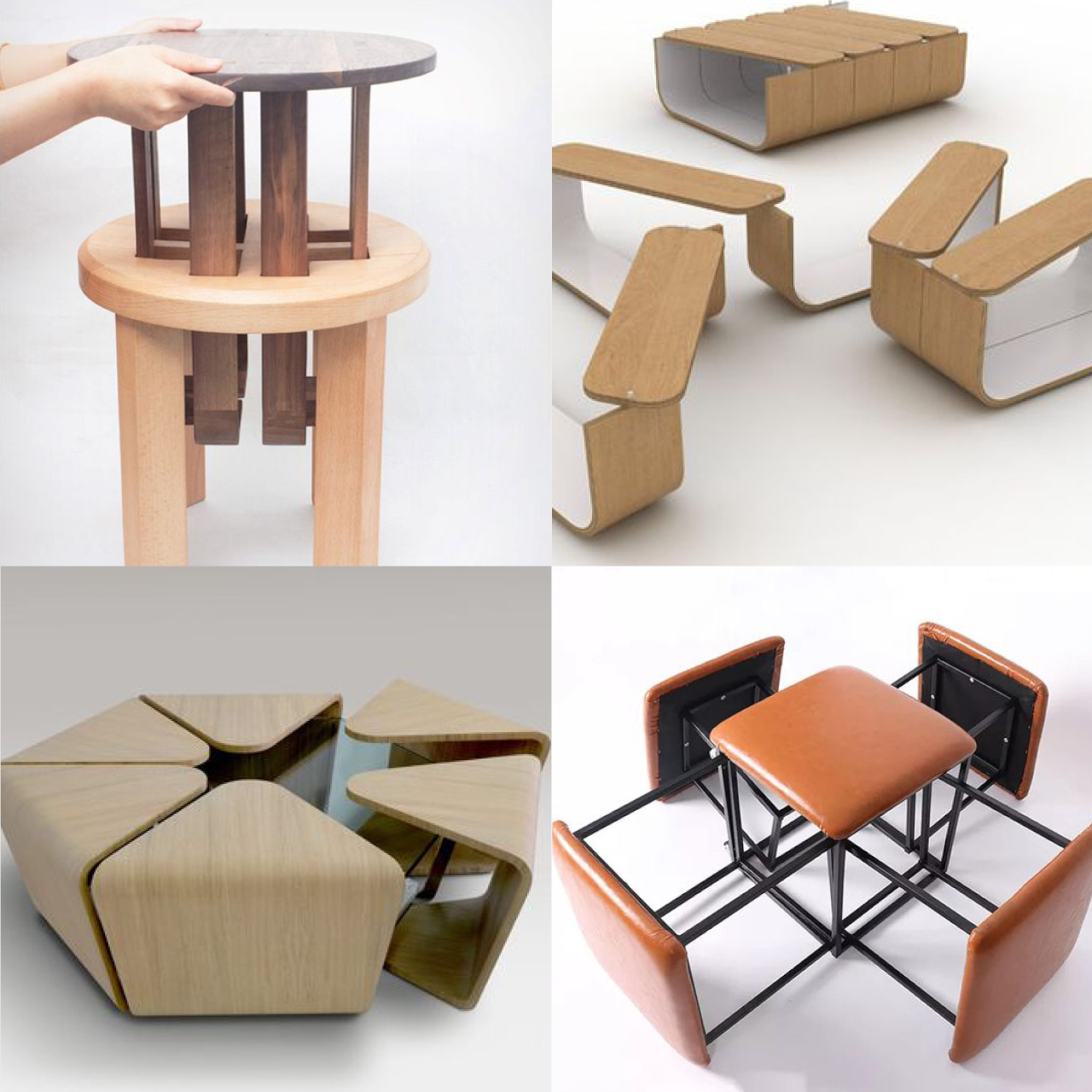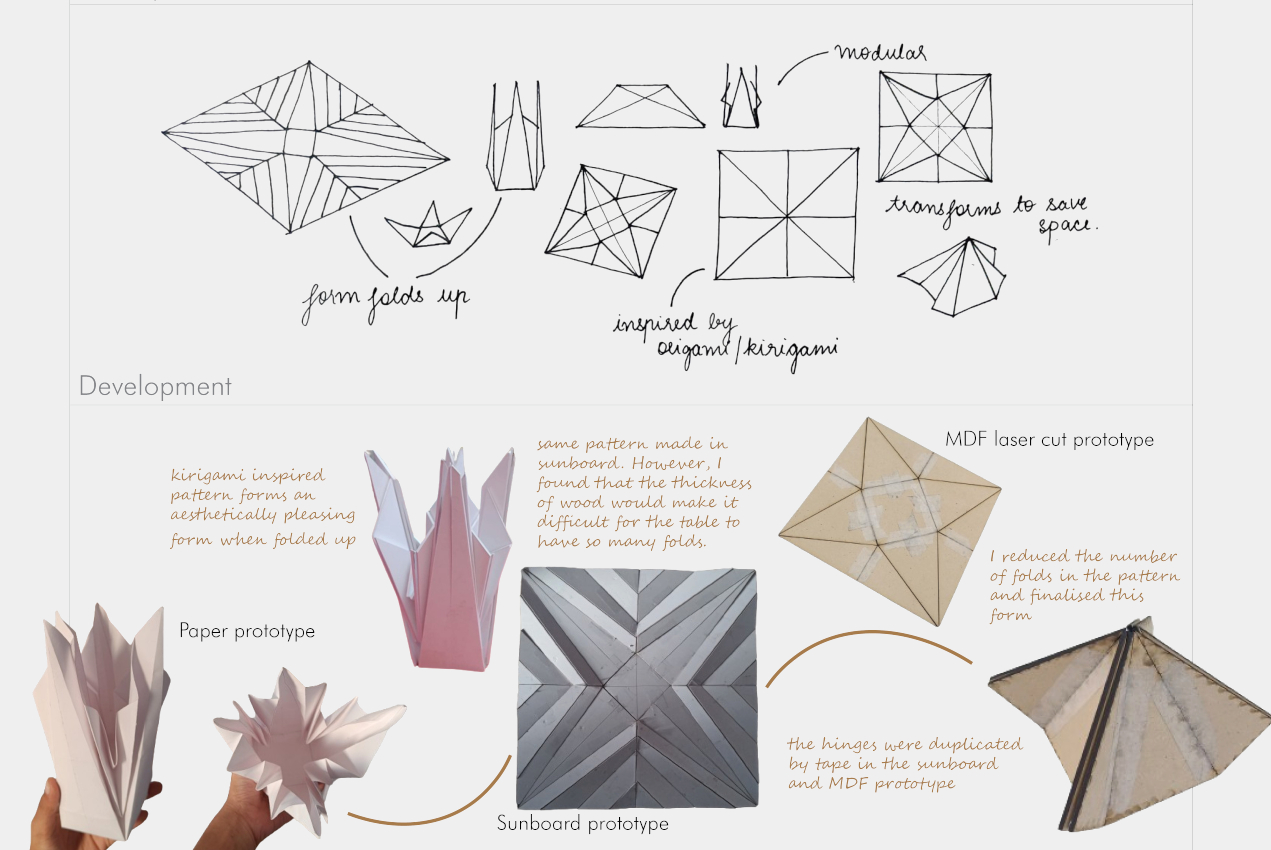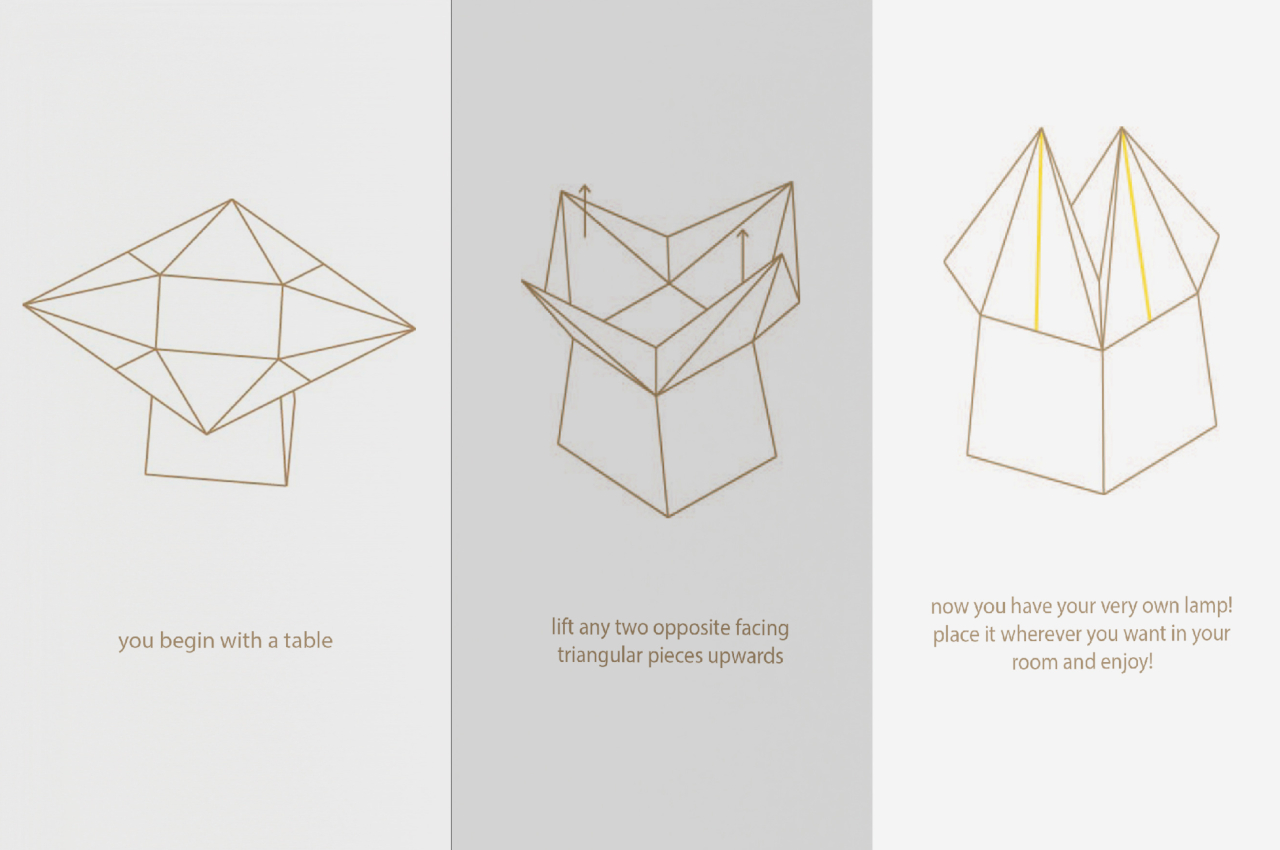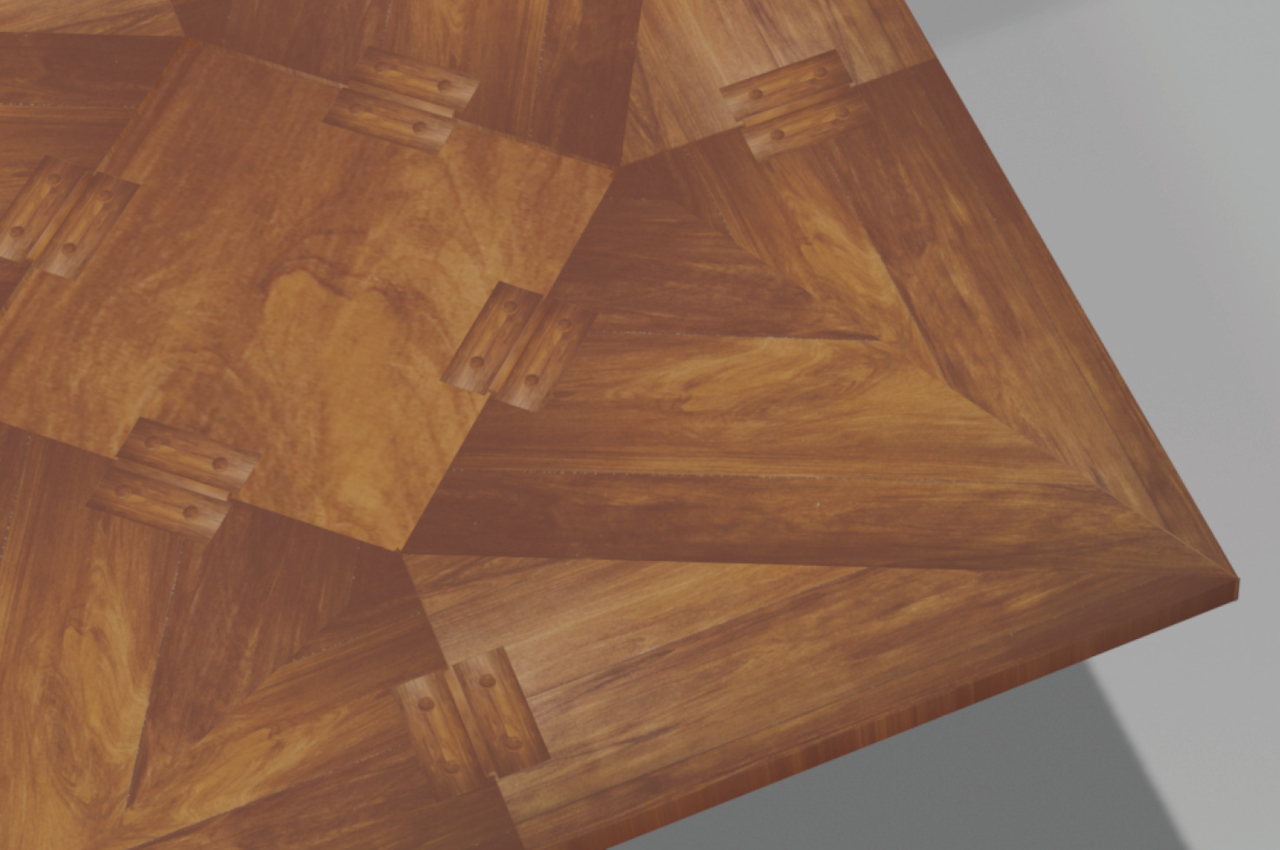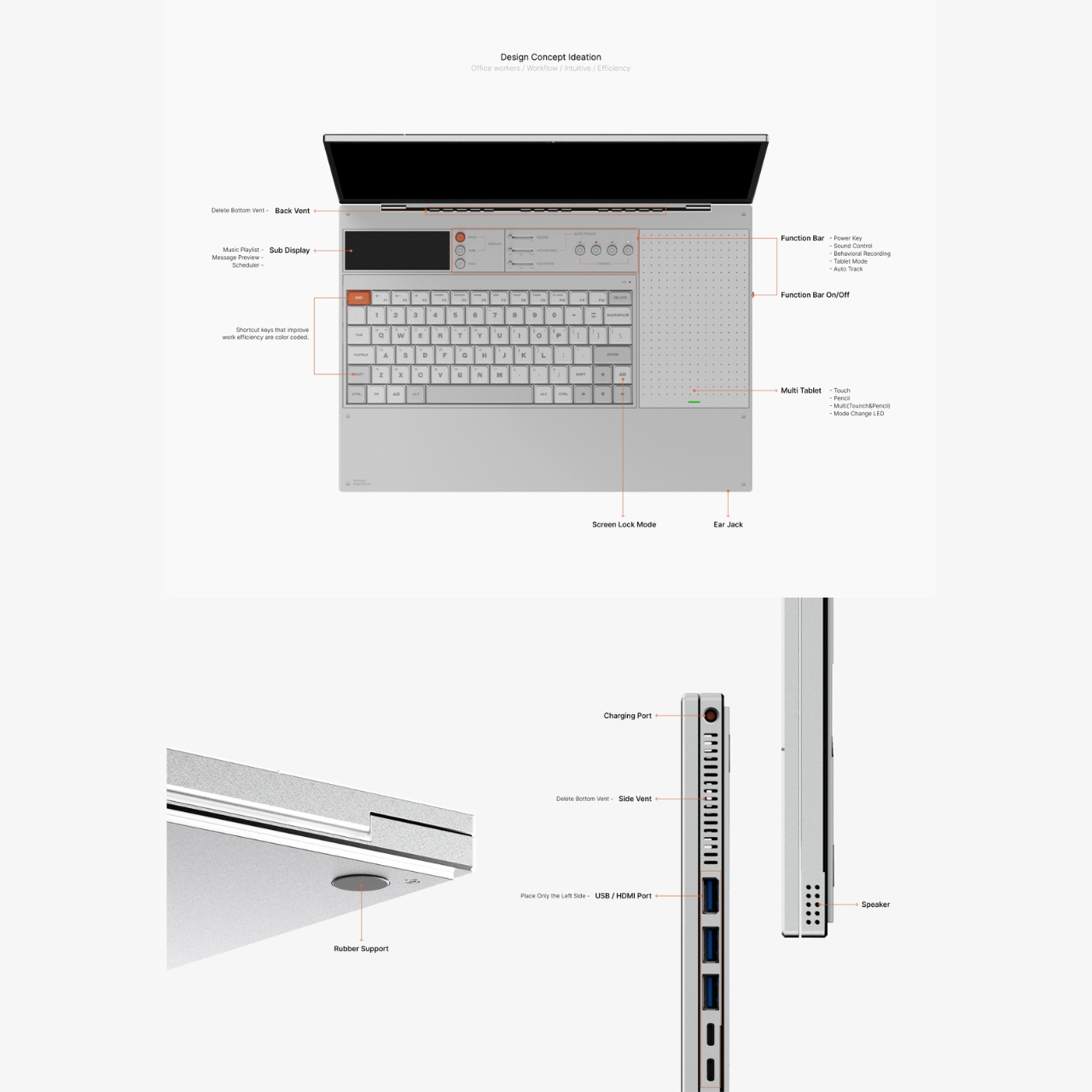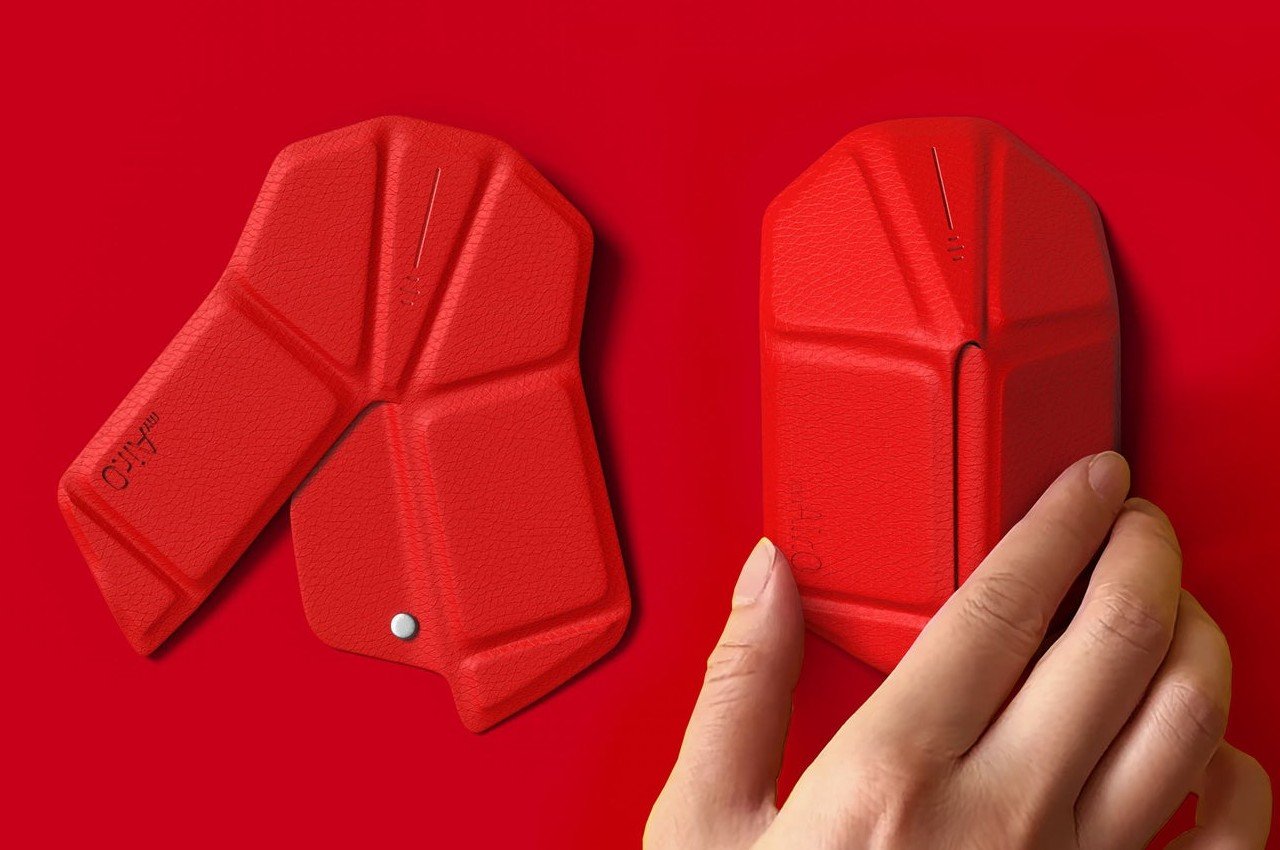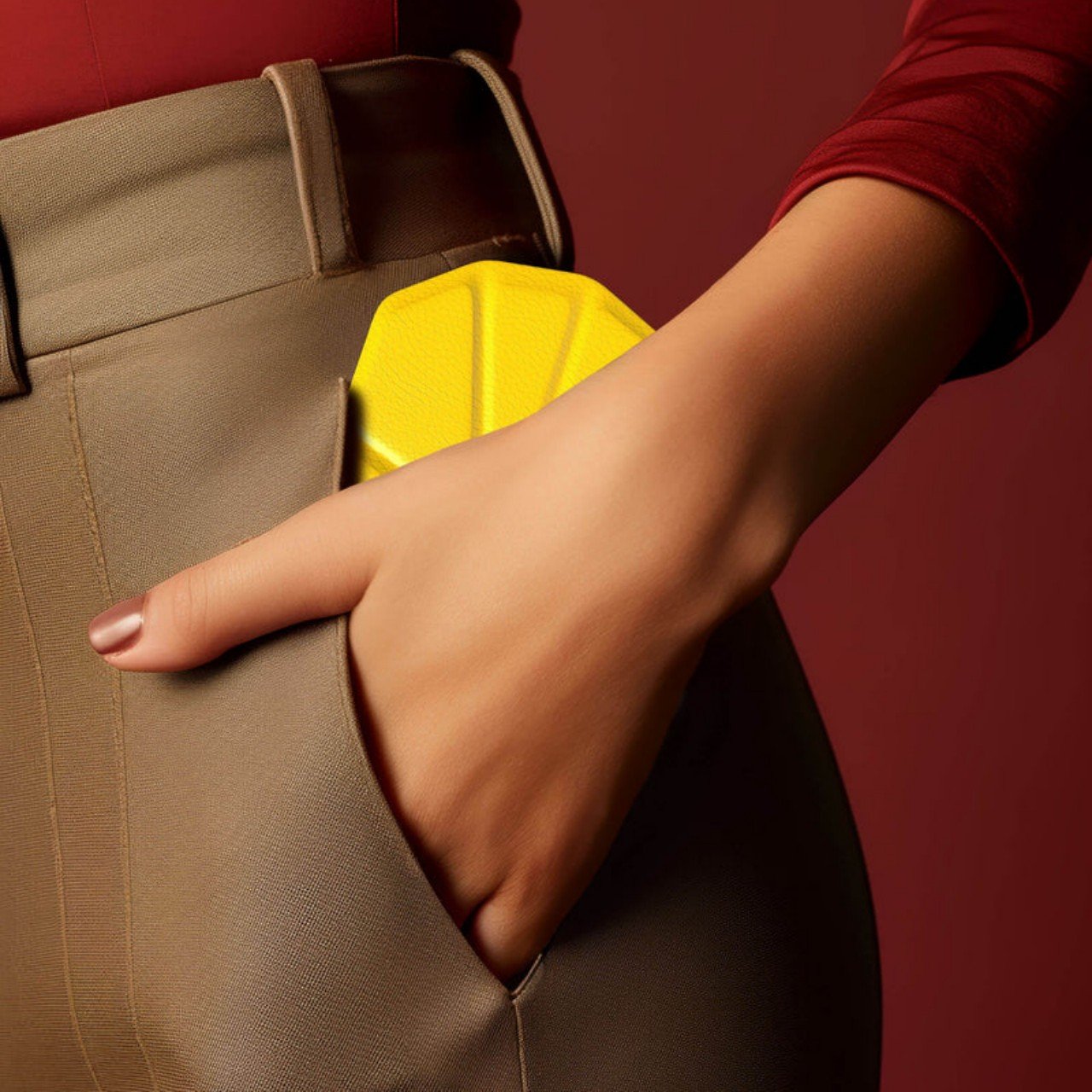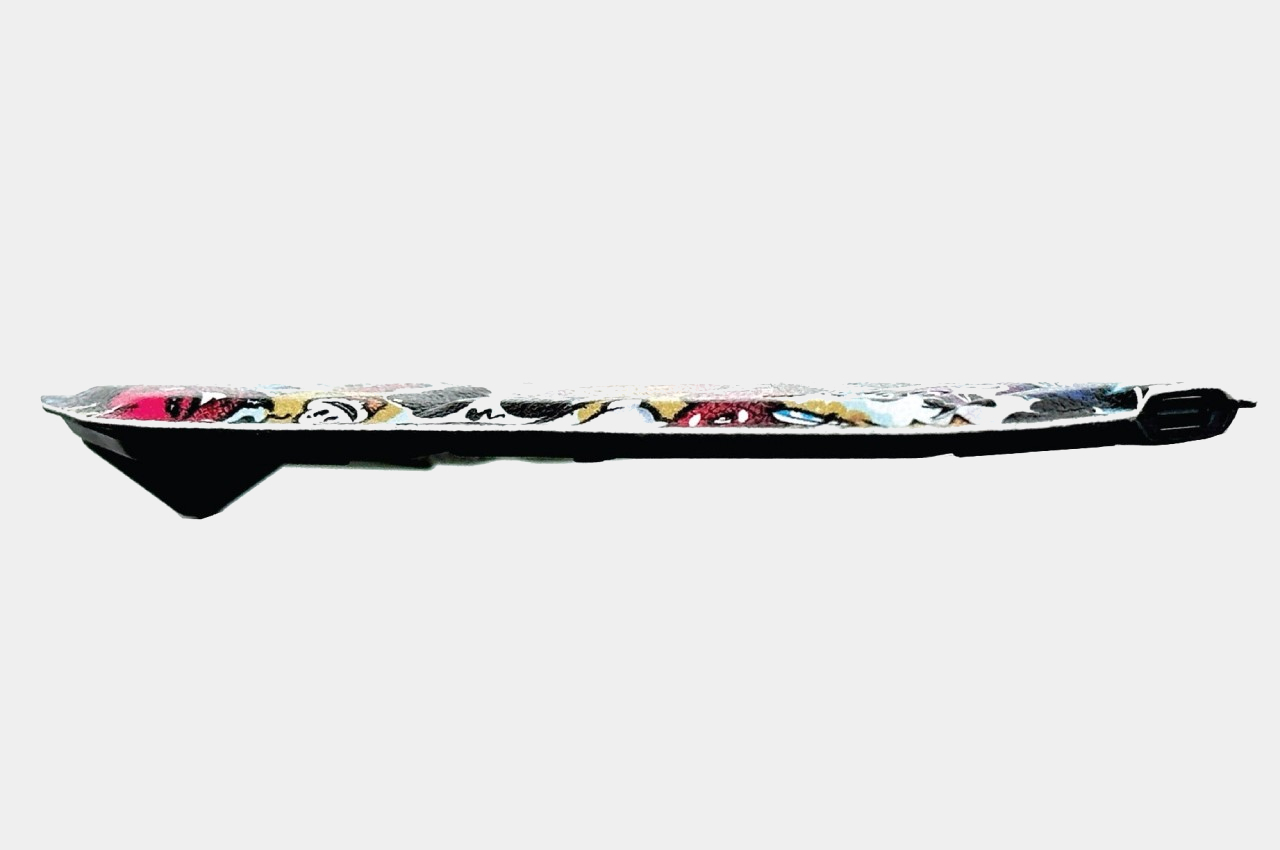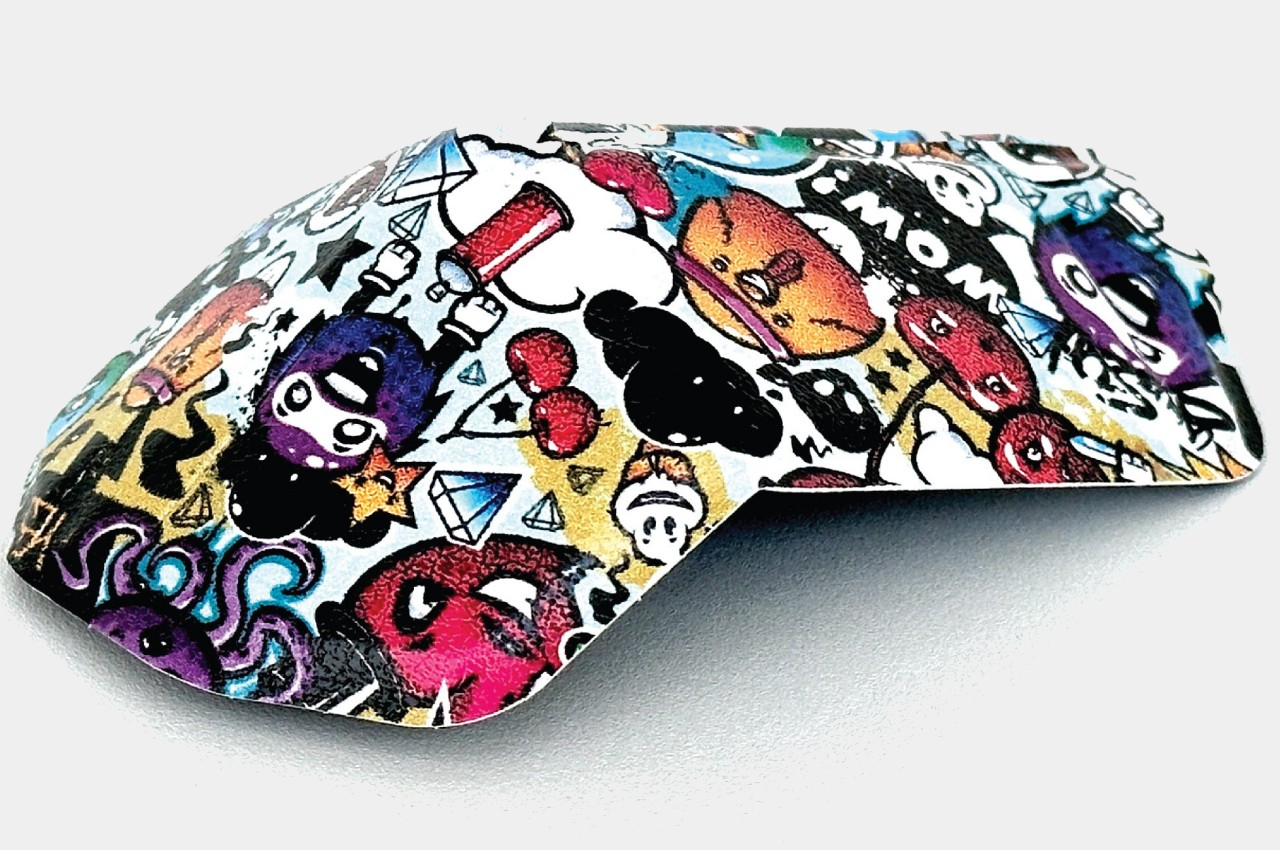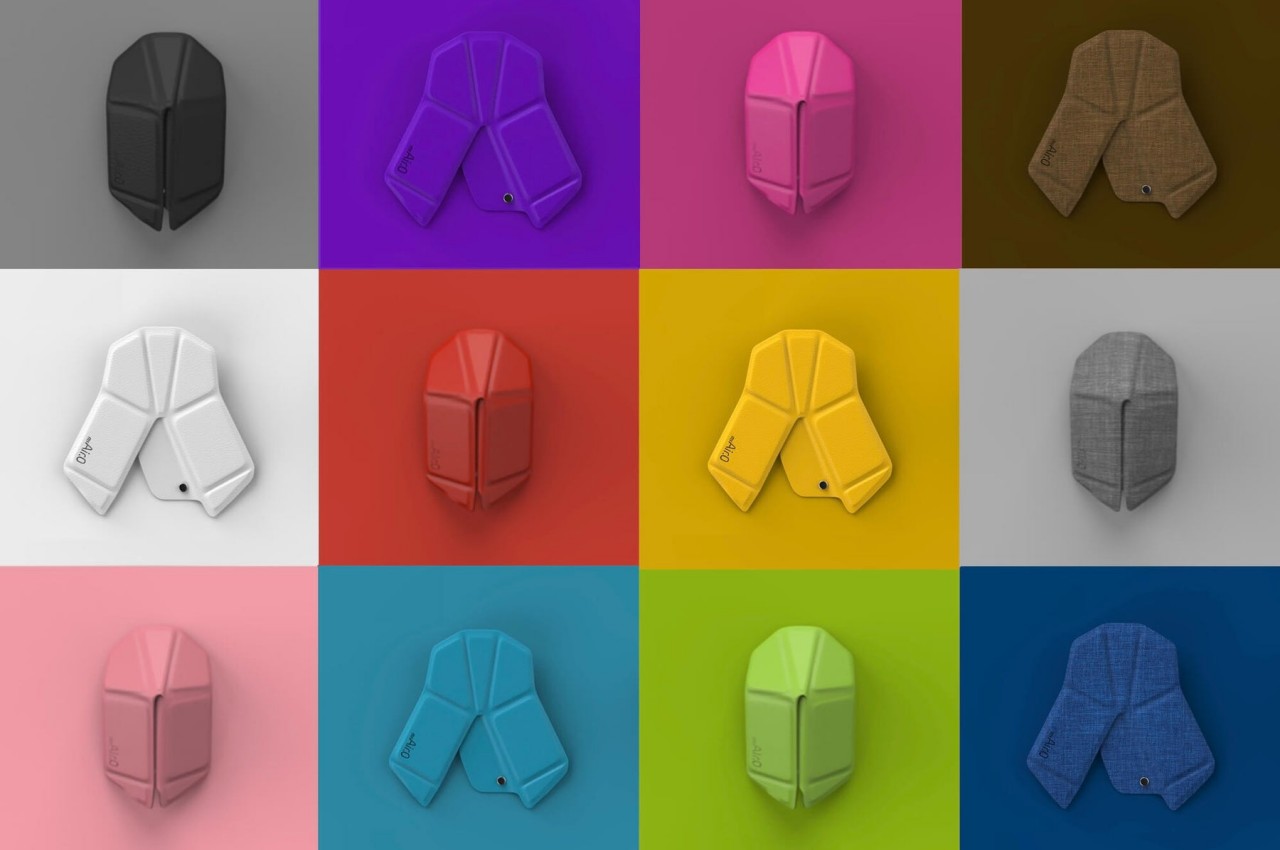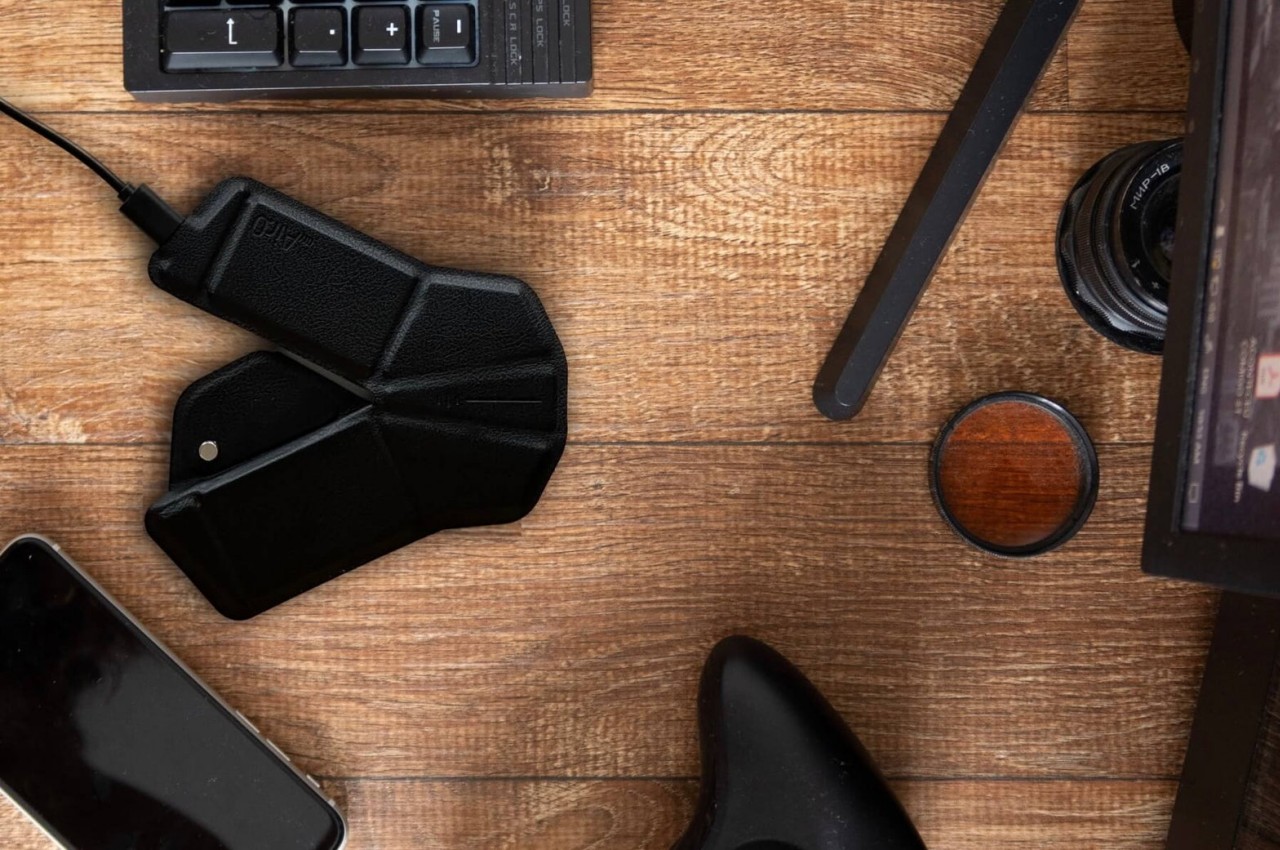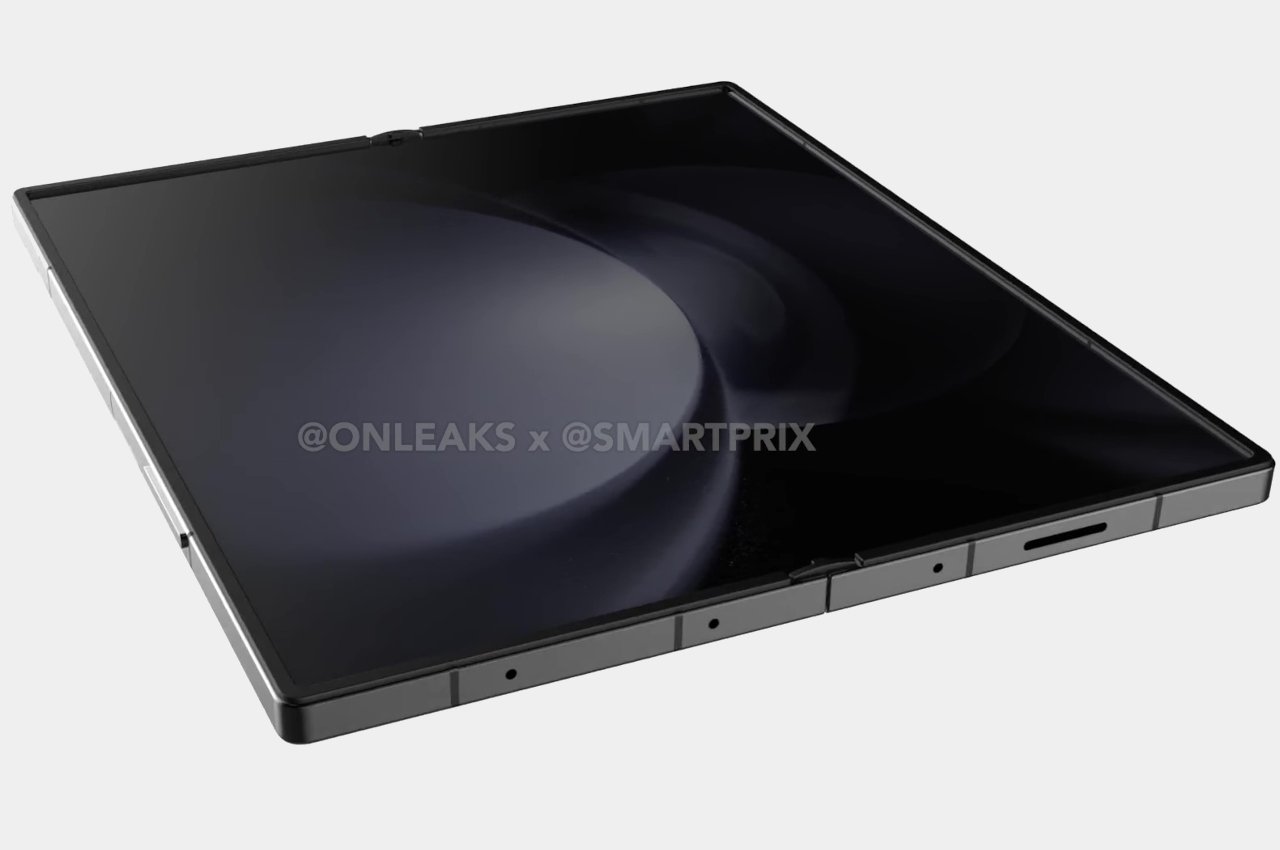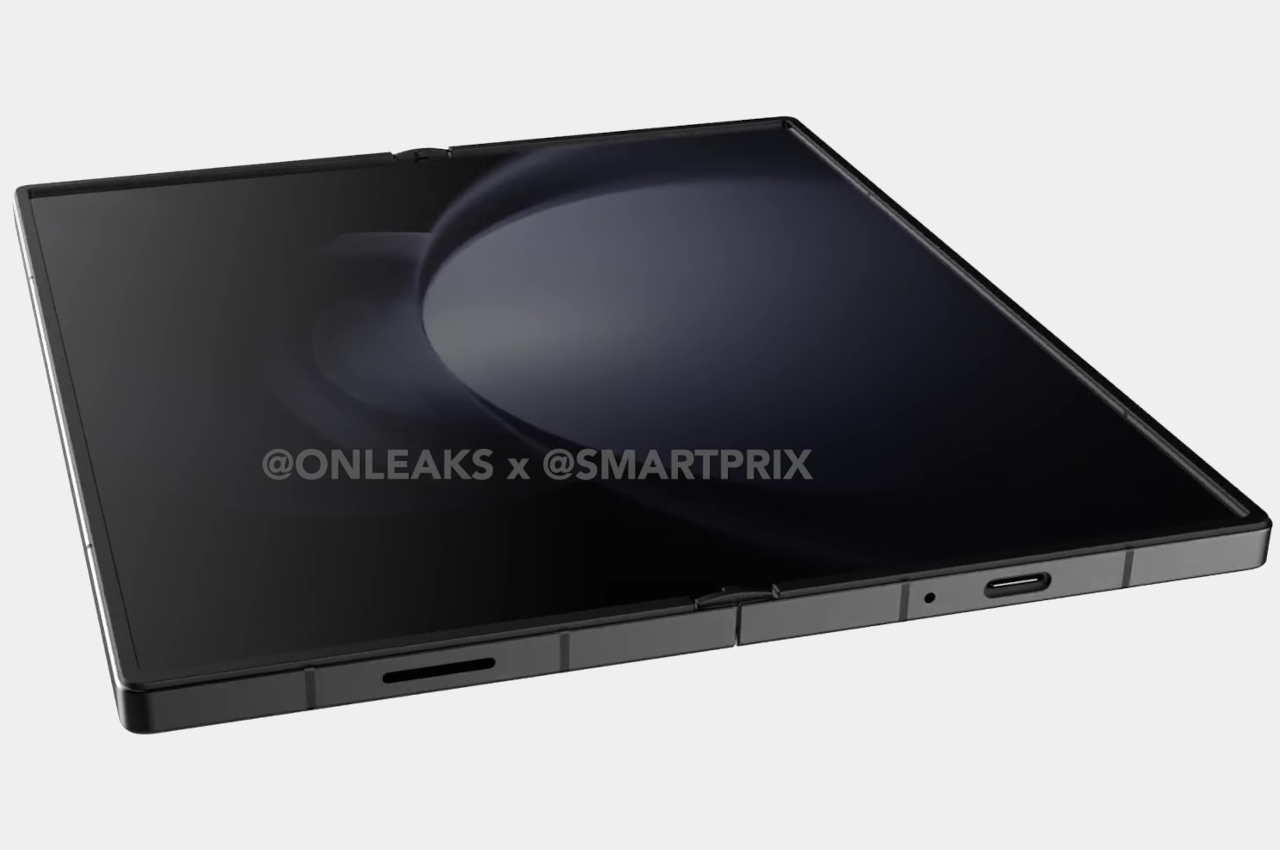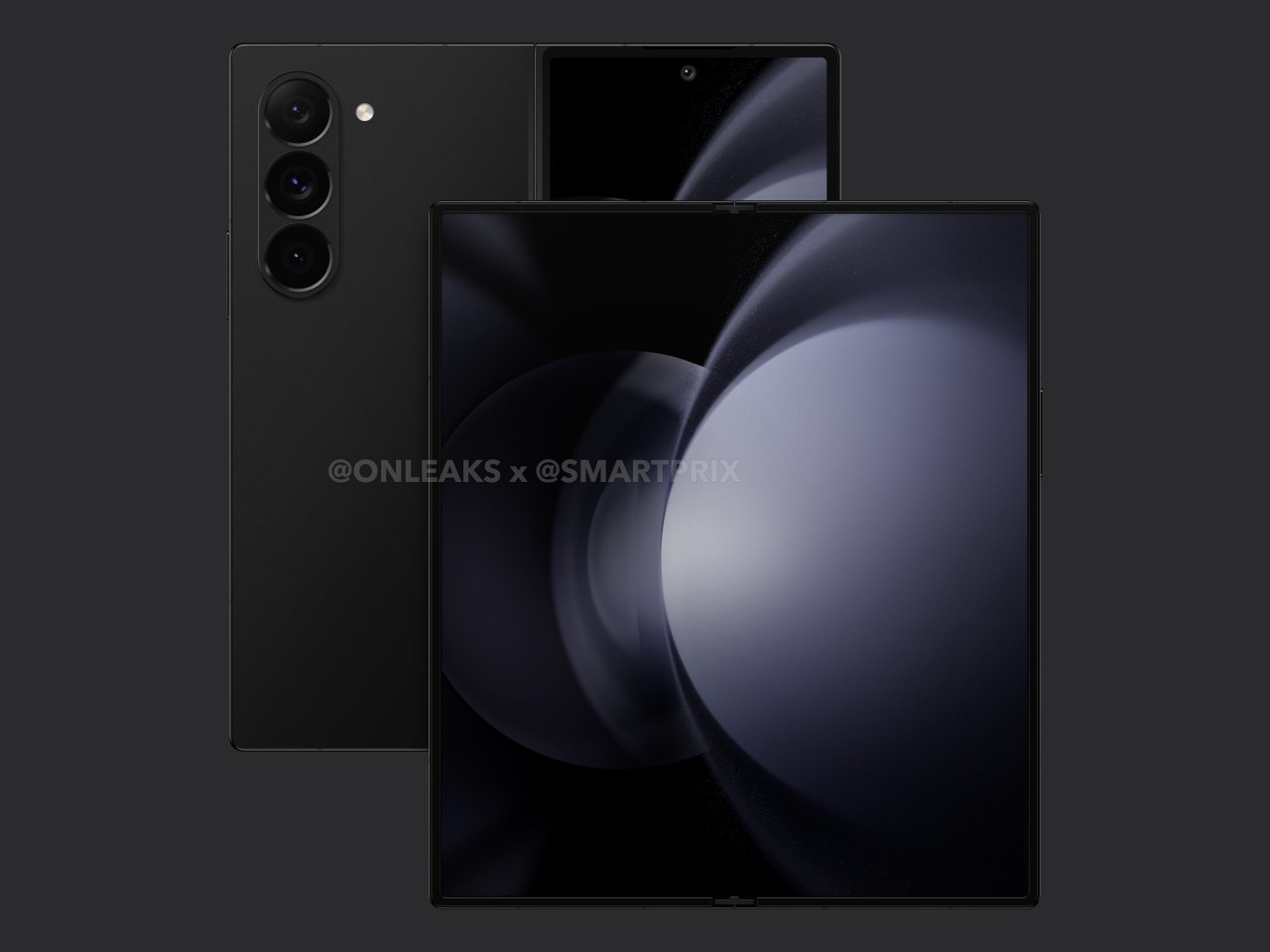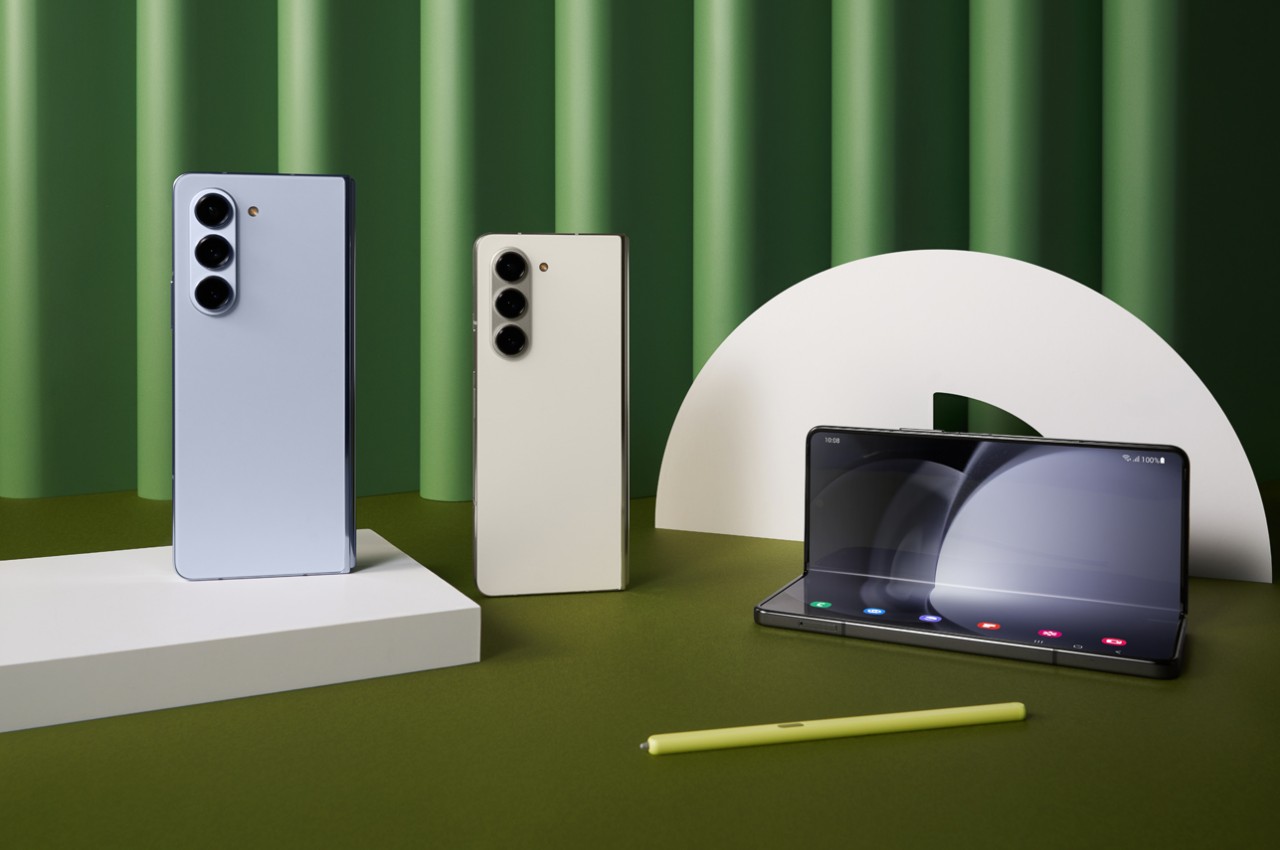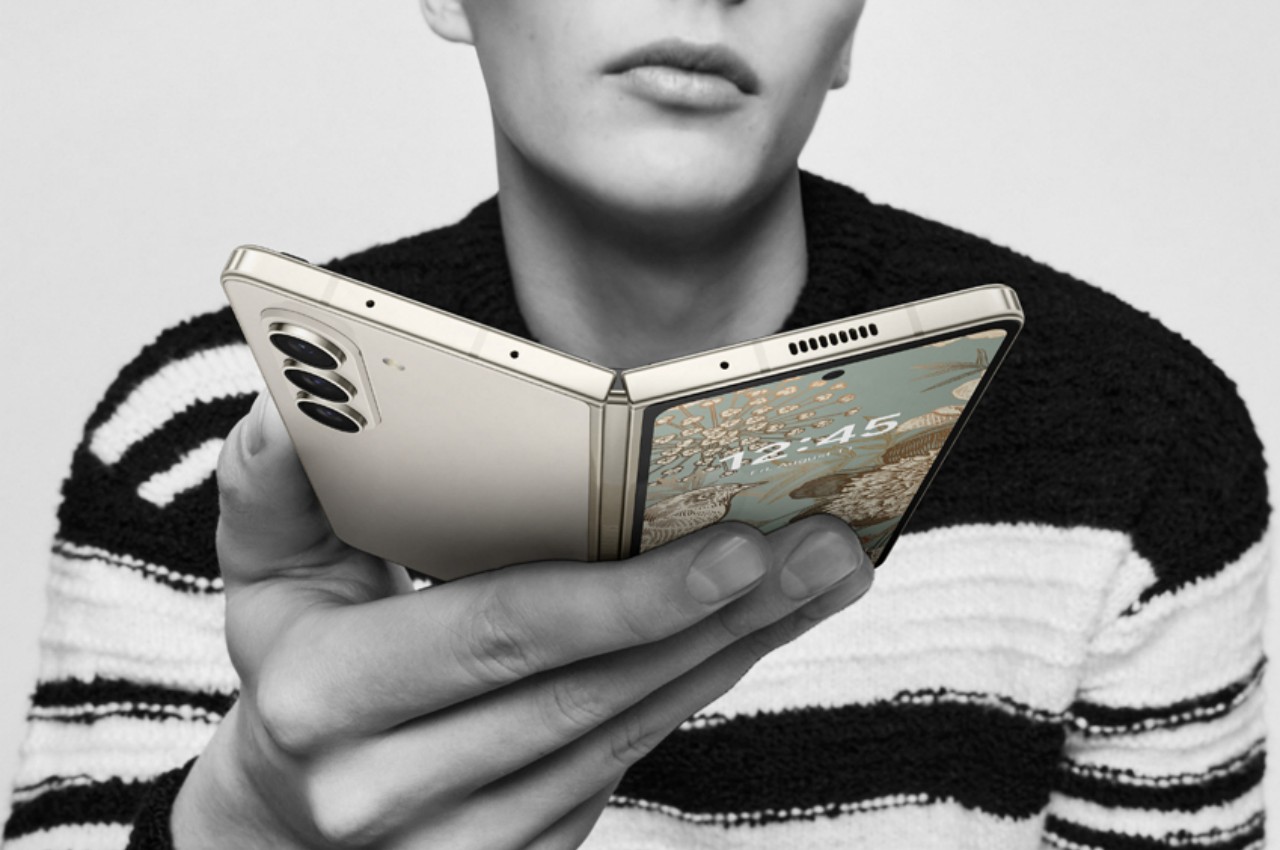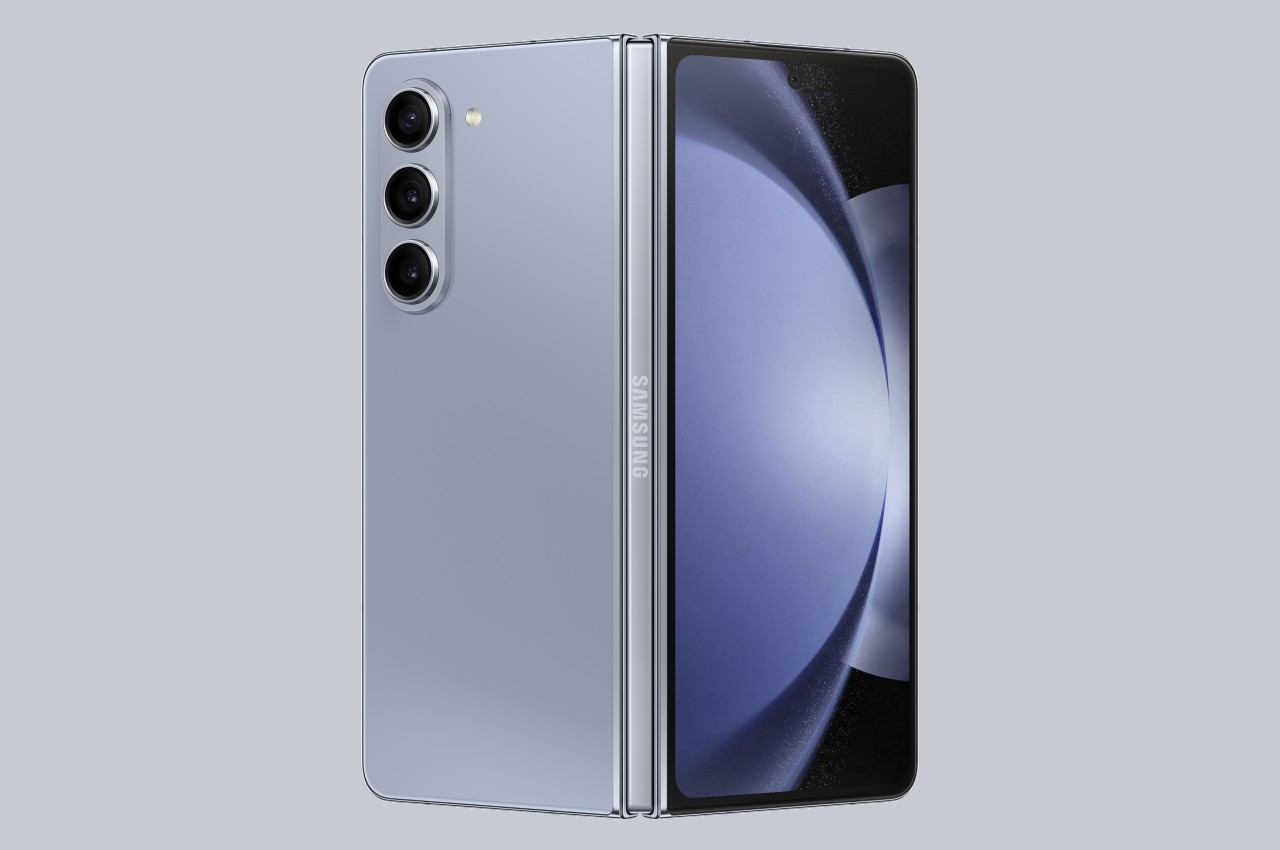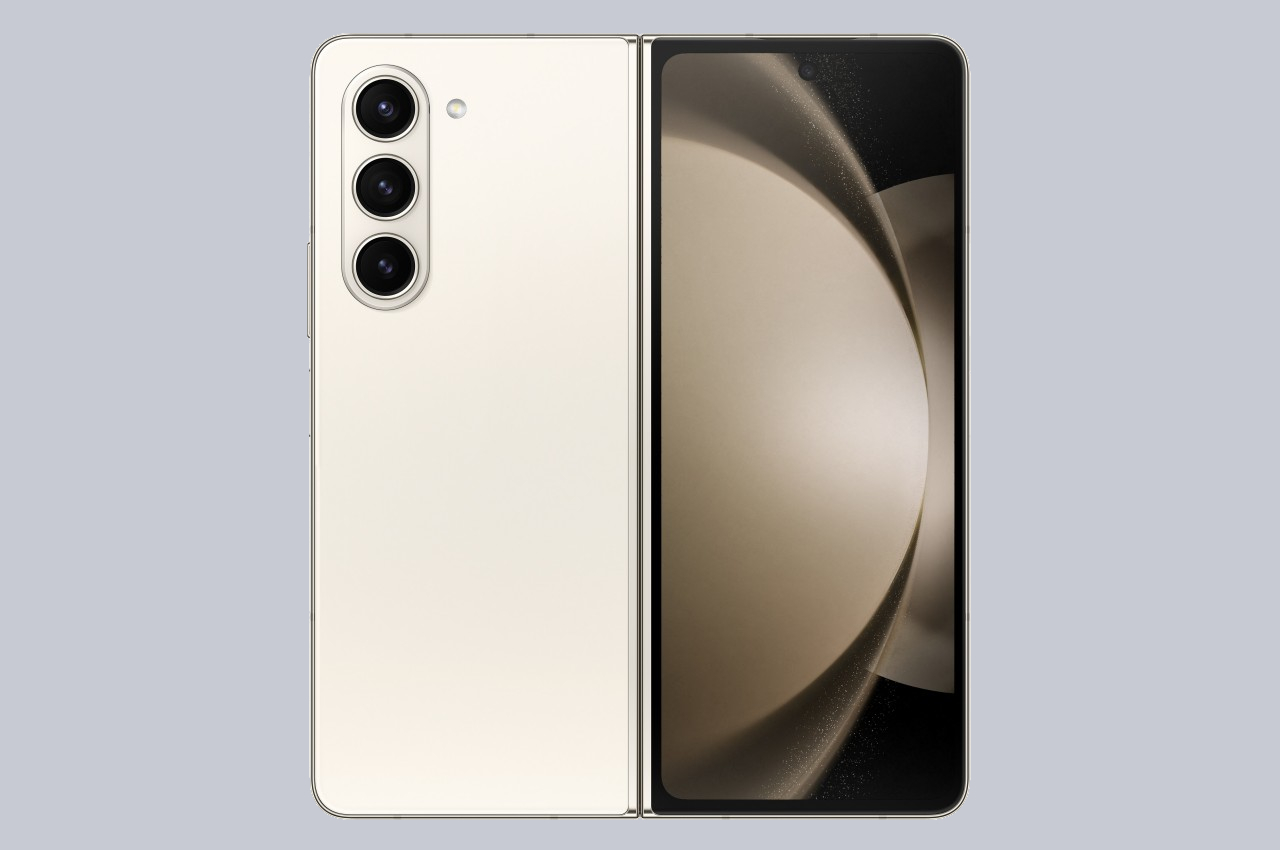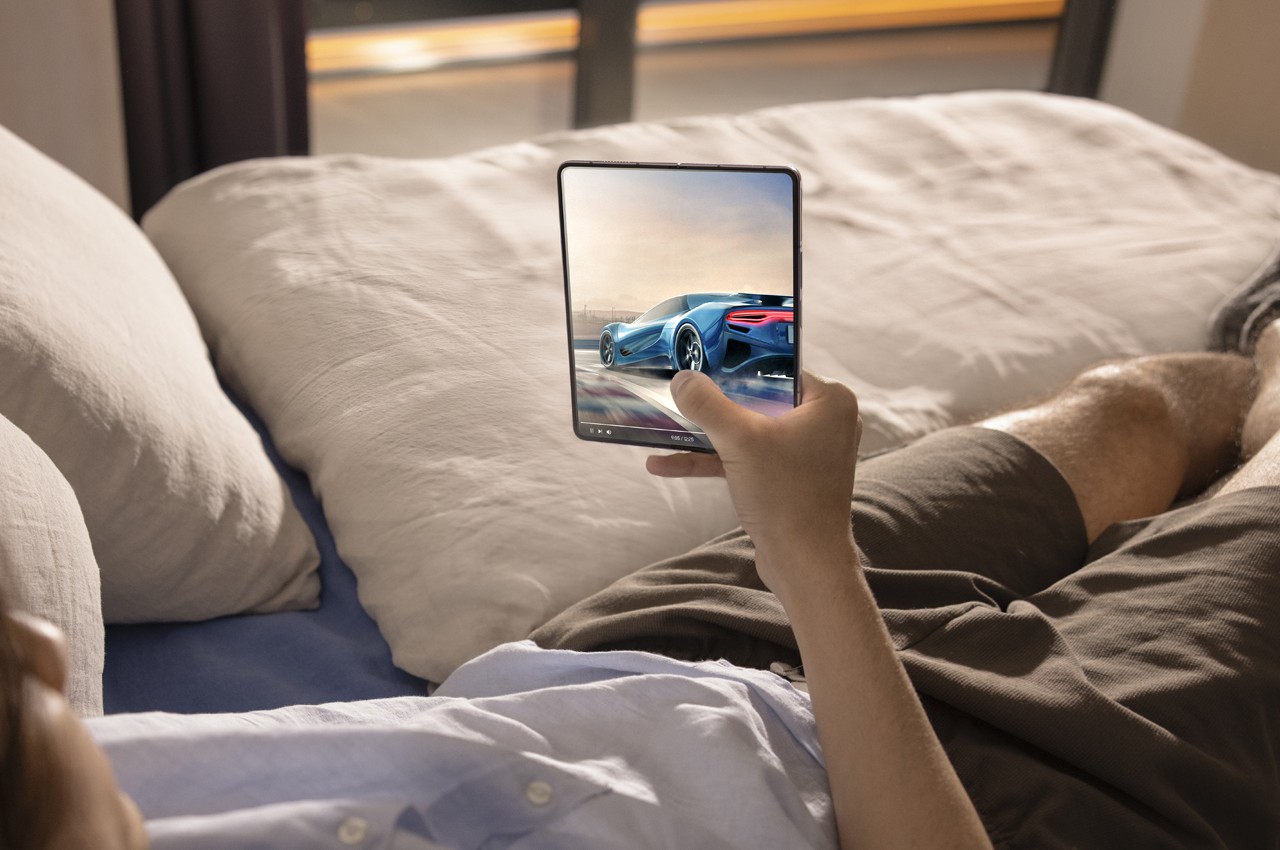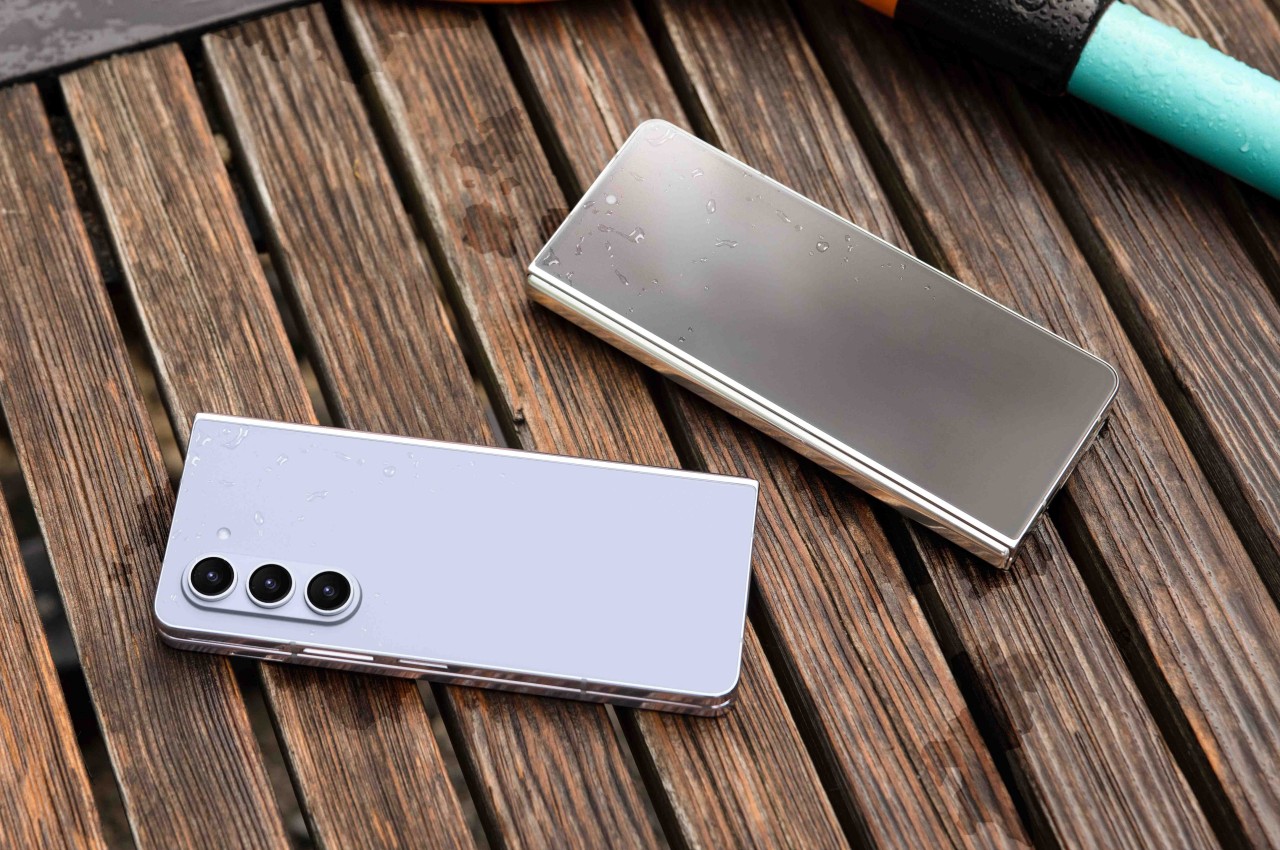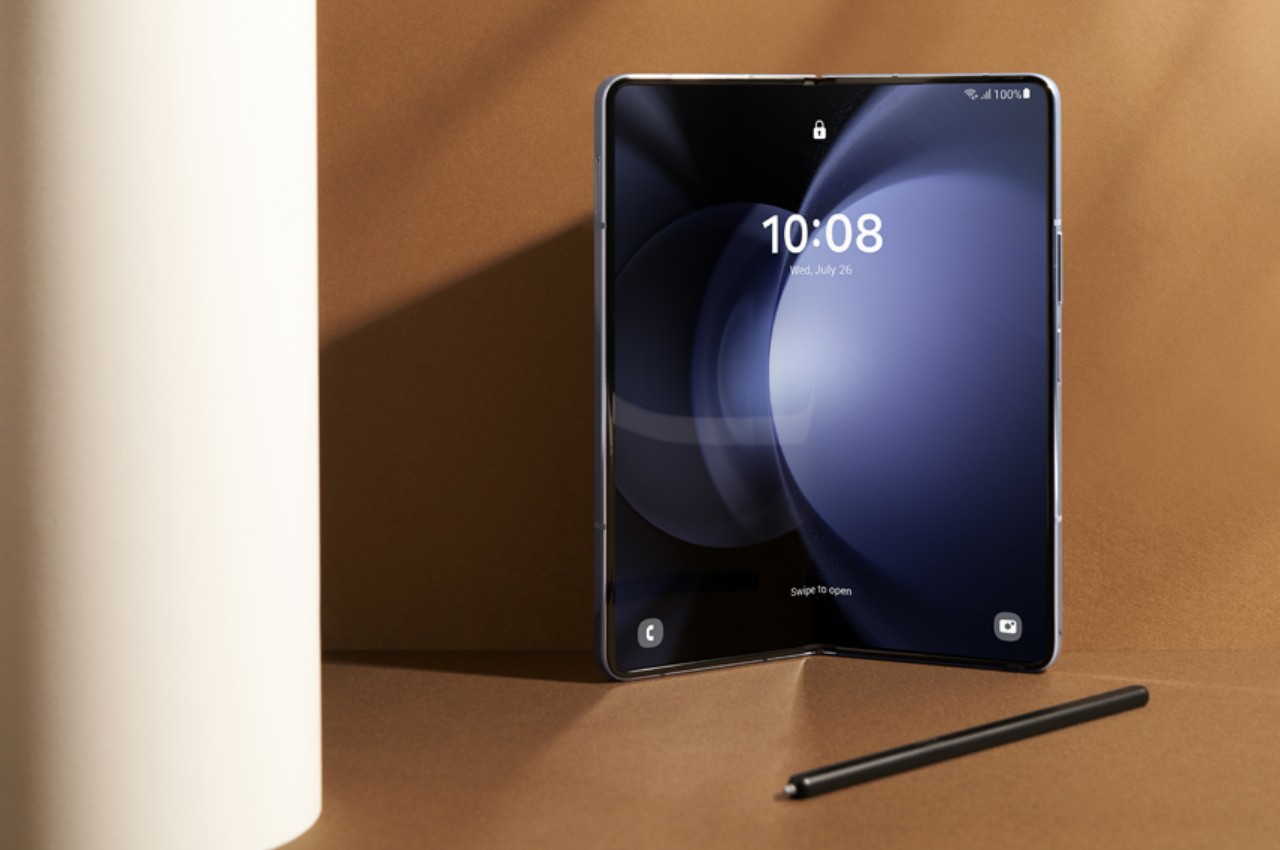
Foldable phones aren’t going anywhere, at least not yet. They might not be generating much hype nowadays, but they still stir up a flurry whenever a new model launches. There’s definitely plenty of room for improvement not just in specs but also in design, and we indeed see some brands playing around with those elements a bit. Although there are now more foldable phones available, Samsung is still the undisputed leader even if by virtue of its industry clout only. Of course, its dominance is being challenged by competitors whose designs are addressing many of the flaws and limitations of the Galaxy Z Fold, which is why all eyes are on how Samsung will respond in kind this year. We might be just three months away from the launch of the Galaxy Z Fold 6, so we’ve gathered in one place all the details we know so far to paint a more complete picture of what to expect from one of the pioneers of this still niche market.
Designer: Samsung (renders courtesy of Smartprix and Steve Hemmerstoffer/@OnLeaks)

Galaxy Z Fold 6: Design
The way a foldable phone works sounds almost so easy, but the reality is that it’s a hellish design to implement given the delicate balancing act that designers and engineers have to make. How do you design a smartphone that can be as big as a small tablet yet still be comfortable to use as a regular phone? To be perfectly blunt, Samsung failed to hit the mark with its first generation of foldables, but it seems to be inching closer to a better solution with each iteration.
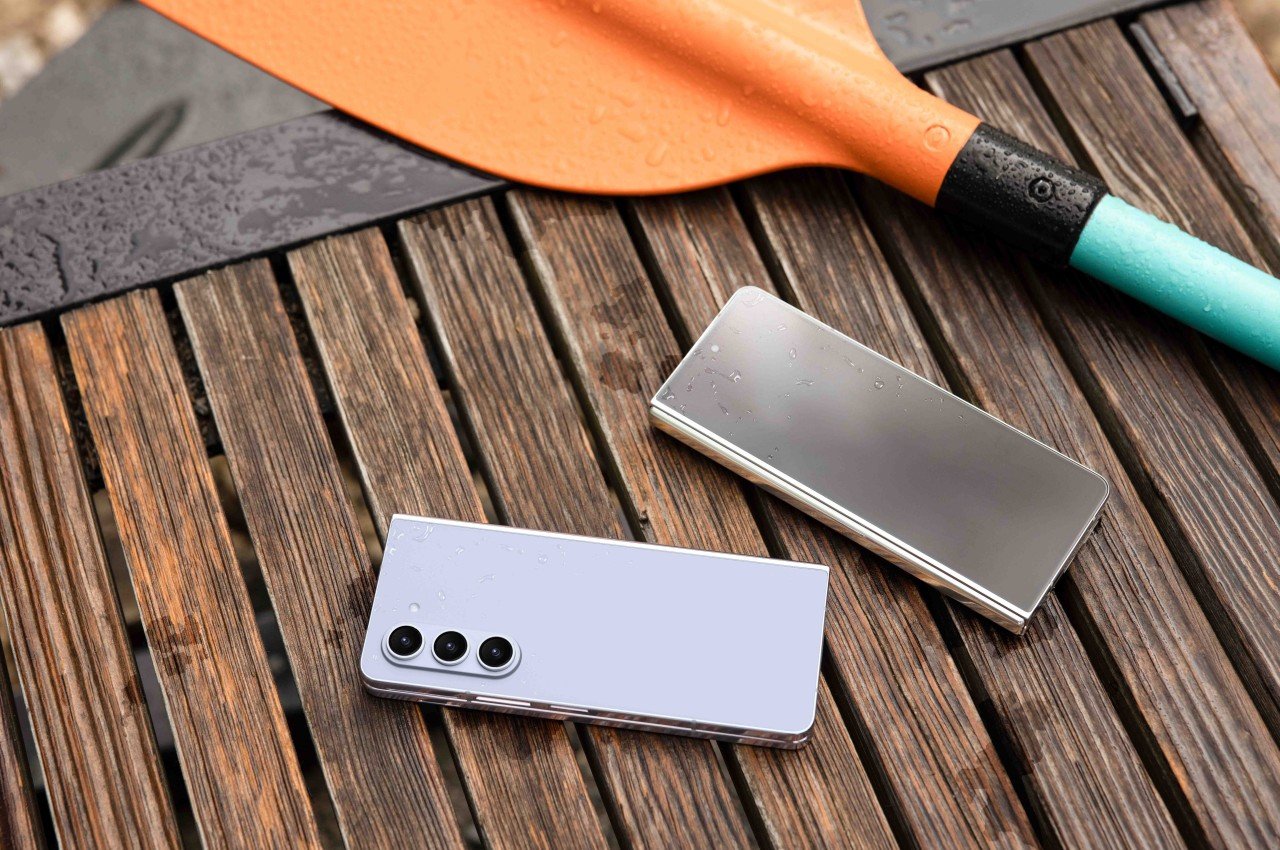
Samsung Galaxy Z Fold 5
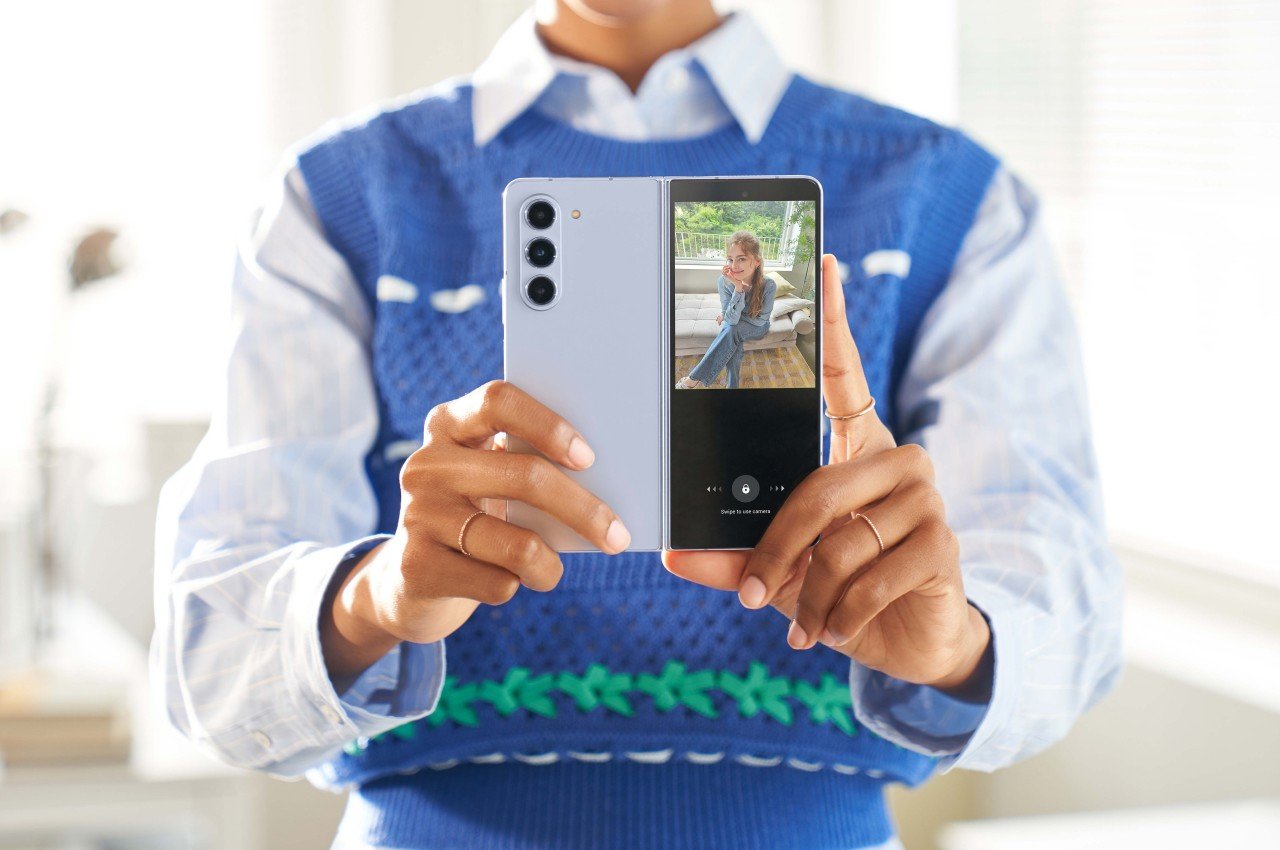
Samsung Galaxy Z Fold 5
Designer: Samsung
According to the accumulated leaks and rumors, the Galaxy Z Fold 6 will be making some rather small but significant changes to the formula. There are some disagreements on exact figures, but the consensus is that Samsung’s 2024 large foldable will have a wider external Cover Screen, a thinner and lighter frame, flatter edges, and sharper corners. These minuscule changes all add up to make the Galaxy Z Fold 6 resemble its Galaxy S cousin more.
The wider outer display will have a big impact on usability, even if the screen size itself doesn’t change. The new aspect ratio would make the phone less awkward to use as a regular phone when folded, one of the biggest and still present criticisms of Samsung’s foldable design. This does mean that the unfolded shape will be more square this time, resembling the form that other foldable phones have taken. That said, based on some of the leaked measurements, it will still not be as wide as the Google Pixel Fold or OnePlus Open which are considered to have the better design on this aspect.
Google Pixel Fold
Google Pixel Fold
Google Pixel Fold
Designer: Google
The Galaxy Z Fold 6 is also expected to be thinner (5.6mm folded, 12.1mm unfolded) and lighter (239g) than any of its predecessors. This improvement is, again, based on the design of the Galaxy Z Fold before it (6.1mm folded, 13.4mm unfolded, 253g weight), but not against other brands. The recently launched Honor Magic V2 probably holds the title of thinnest and lightest foldable, but its limited availability makes that pointless for some markets. One side effect of a thinner body, however, is that there will still be no room for an integrated S Pen, something Samsung loyals have been wishing for since the Galaxy Z Fold 3.
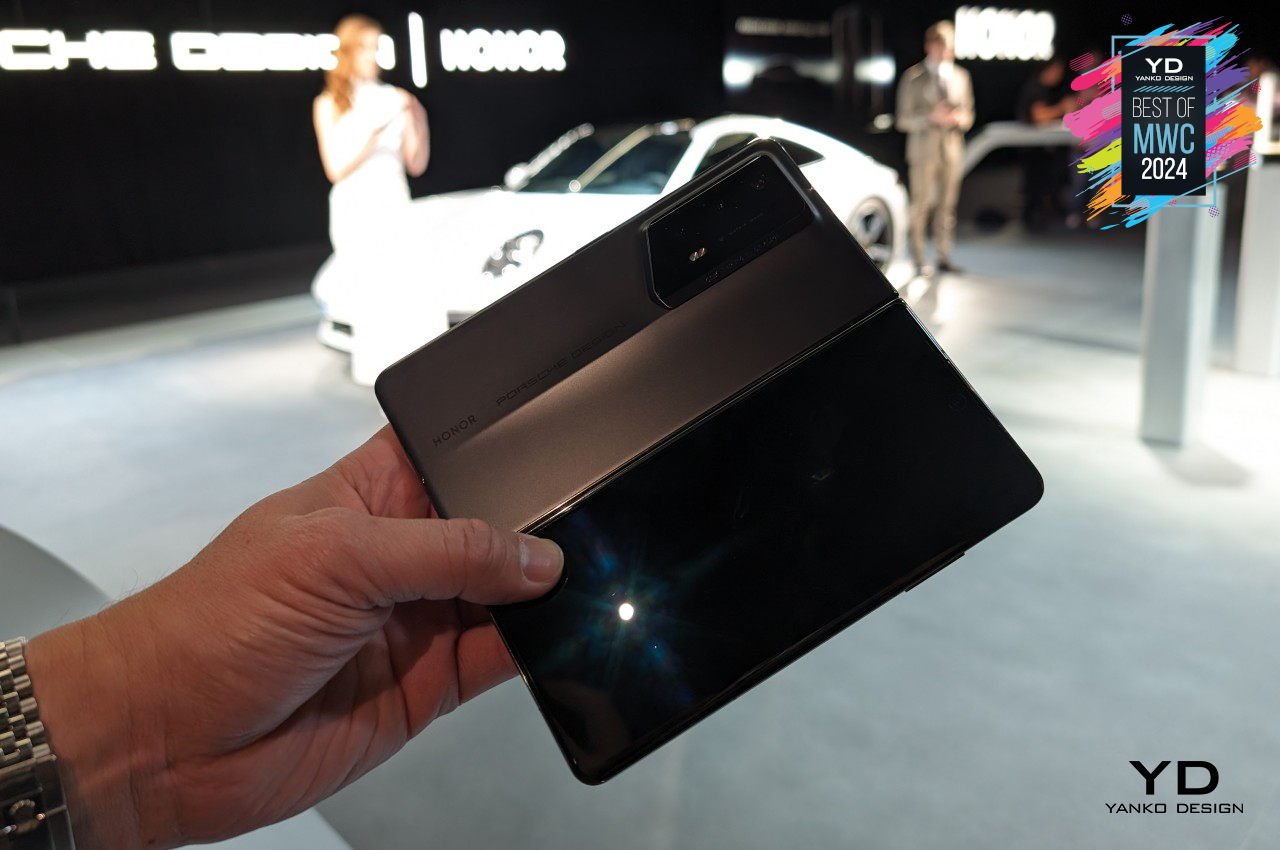
Honor Magic V2 RSR Porsche Design

Honor Magic V2 RSR Porsche Design
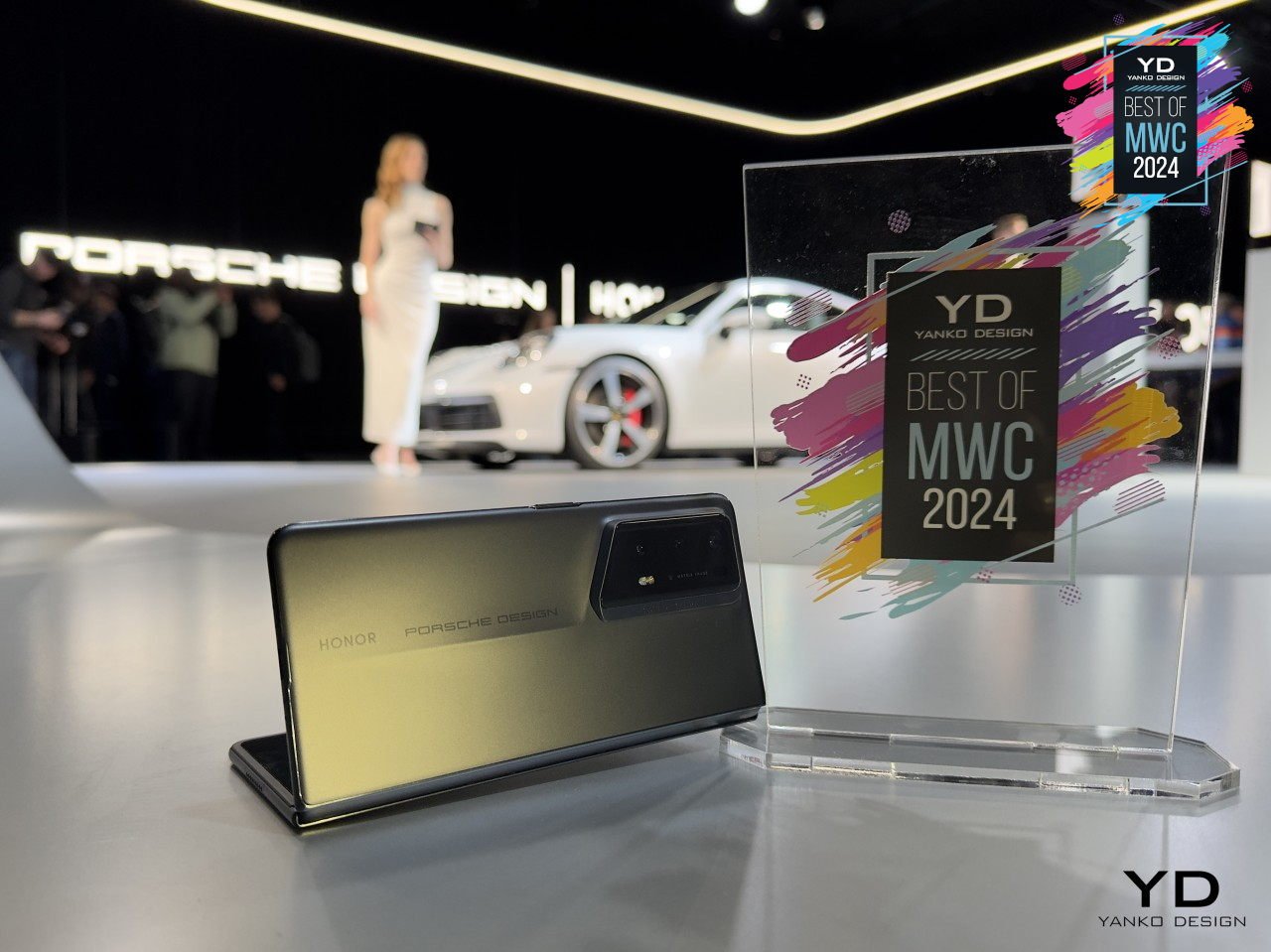
Honor Magic V2 RSR Porsche Design
Designer: Honor
There are rumors of an “ultra” model for the Galaxy Z Fold 6 where Samsung will pull out most of the stops. If true, this could be a titanium-clad model, in line with the Galaxy S24 Ultra and the general trend in the industry. Of course, this would also raise prices higher, especially if the so-called Galaxy Z Fold 6 Ultra will include other upgrades as well.
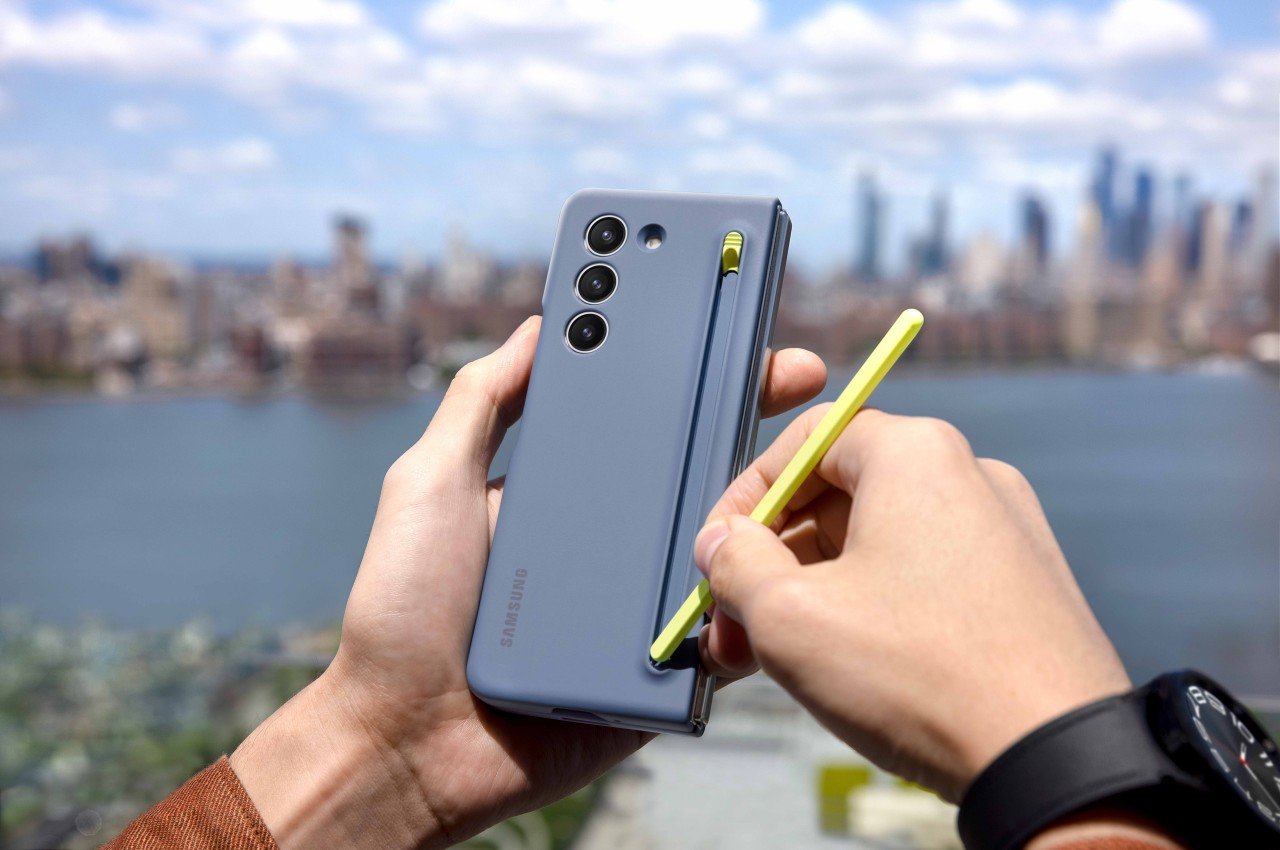
Samsung Galaxy Z Fold 5
Galaxy Z Fold 6: Specs and Software
Samsung always gives its flagship products the best specs available in the market, and the Galaxy Z Fold 6 won’t be any different. The question, however, is whether Samsung’s idea of “best” matches the expectations of buyers. This year, we’ll be looking at another iterative upgrade, and some consumers might not be that amused.
The latest Qualcomm Snapdragon 8 Gen 3 is a no-brainer for a 2024 flagship, and we haven’t heard any whispers of a special version custom-made for Samsung or the foldable. What might not see a big jump, however, is the memory that comes with the phone. RAM will be capped at 12GB yet again, with storage coming in 256GB and 512GB capacities. It’s probably high time that we get a 16GB RAM, 1TB storage Galaxy Z Fold, but that might not be on the table unless those “Ultra” model rumors pan out.
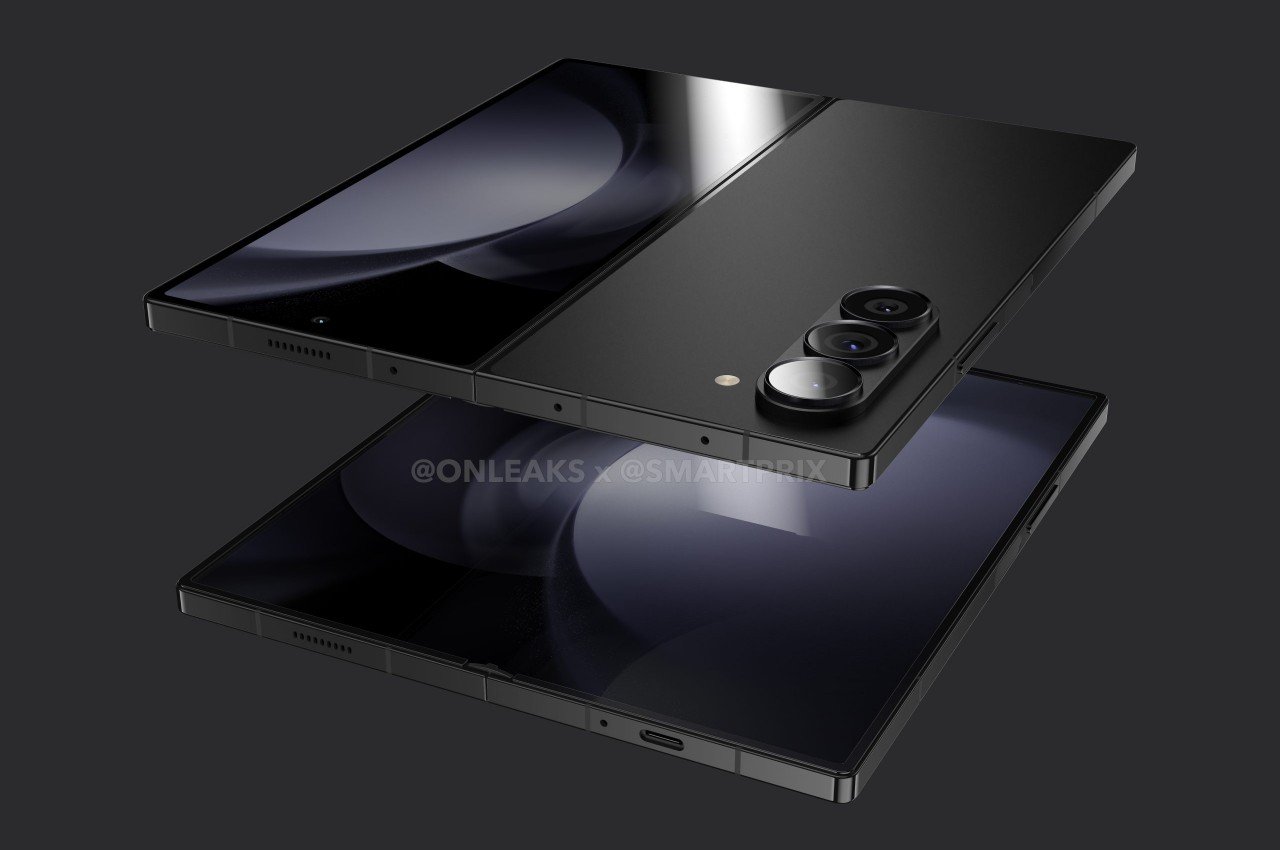
The battery is yet another aspect that is unlikely to see any changes. Although a 4,600mAh battery was earlier rumored, a thinner and lighter design would probably make more sense if Samsung sticks to the same 4,400mAh pack. Unfortunately, charging technologies aren’t expected to change either and new owners will be stuck with the same 25W wired and 15W wireless charging speeds.
Given the expected timing of the launch, the Galaxy Z Fold 6 will be launching with the latest One UI 6.1 version that will still be based on the current Android 14 release. It will mostly be the same user experience on the Galaxy S24, just with some foldable-specific features mixed in. Do expect that Samsung will heavily advertise AI features as well, especially those that it wasn’t able to focus on earlier this year.
Galaxy Z Fold 6: Cameras
While the incremental upgrades to specs can be forgiven, the biggest Achilles’ heel of this year’s Samsung foldable will be its cameras. Contrary to expectations and wishes, the Galaxy Z Fold 6 is now believed to use the exact same set of cameras that came with the Galaxy Z Fold 5 last year. That means a 50MP main camera, a 10MP 3x zoom telephoto, and a 12MP ultra-wide. The under-display camera under the foldable screen is expected to see performance improvements but still have the same 4MP sensor.
While it’s true that you can squeeze out impressive images from such sensors using software and algorithms, you can only go so far with relatively weaker hardware. The bigger question is why Samsung is unable to use better cameras when almost all its competitors can. Thickness is definitely not an issue and it’s not like Samsung’s foldables are less expensive than other foldables, so one can only wonder about the company’s reasons.
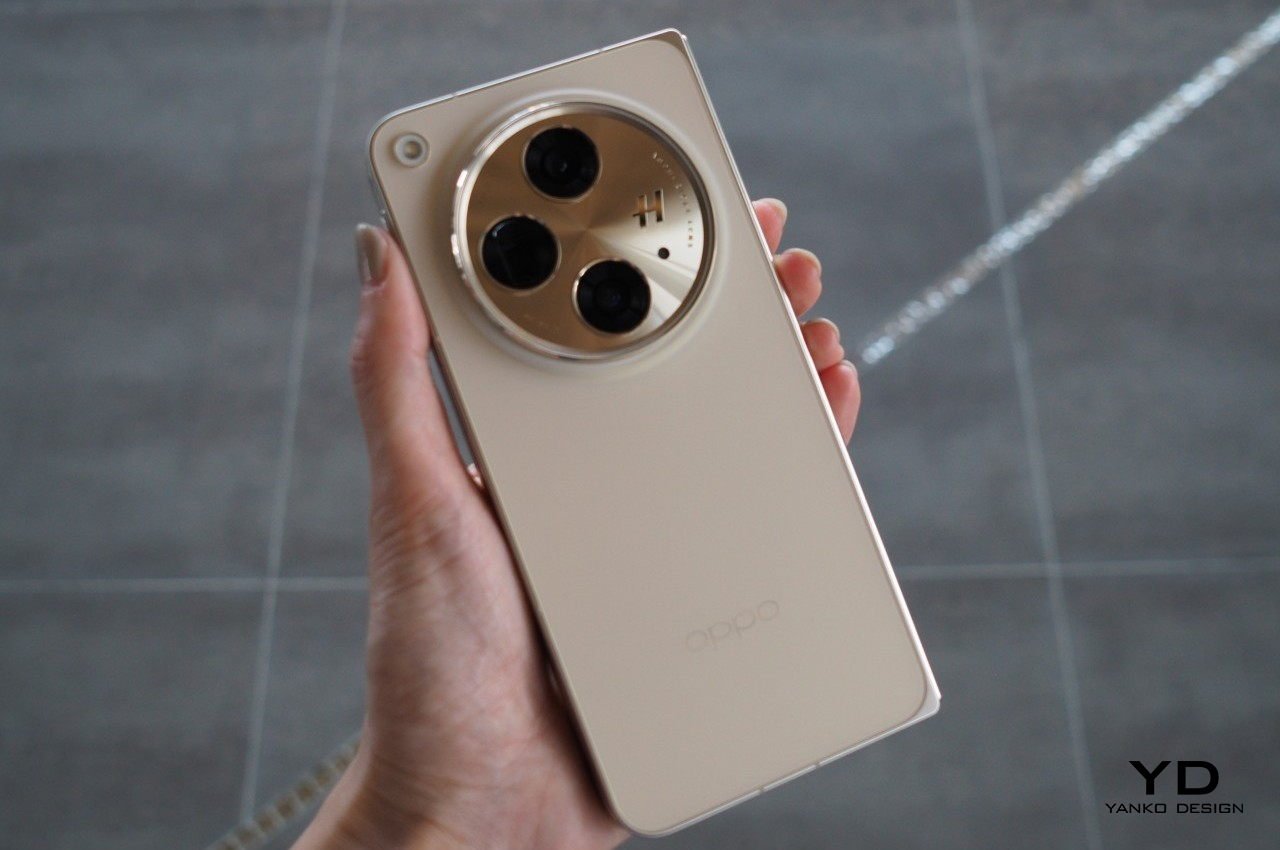
OPPO Find N3

OPPO Find N3
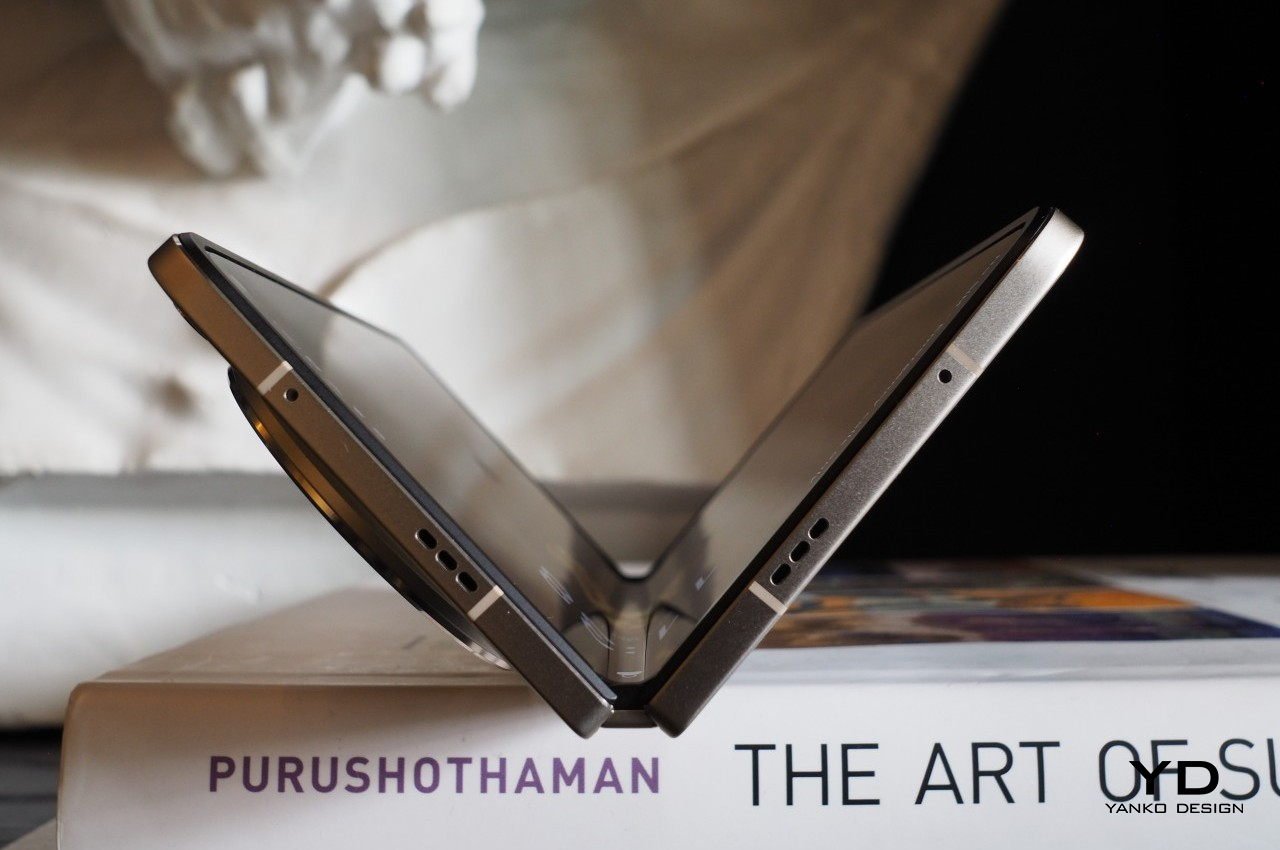
OPPO Find N3
Designer: OPPO
That said, it could be setting the stage for the rumored Galaxy Z Fold 6 Ultra that’s said to resemble the Galaxy S24 Ultra in some ways. In addition to a titanium frame, this Ultra foldable might borrow the 200MP camera of Samsung’s early 2024 flagship. That, however, might mean changing the foldable phone’s dimensions, particularly its thickness, so there’s a very slim chance that will be the case.
Galaxy Z Fold 6: Price and Launch Date
Samsung seems to be holding its second Galaxy Unboxed event earlier each year, especially now that it has retired the Galaxy Note line. The Galaxy Z Fold 5 was announced in late July last year, with the actual shipments starting around August. This year might follow the same pattern with the announcement happening around the second week of July. This earlier date might also be due to Samsung trying to avoid clashing with the 2024 Summer Olympics, where it could be a major sponsor and advertise the Galaxy Z Fold 6 heavily during the event.
We’re not expecting any price changes this year at least, especially since there aren’t any big changes happening. The past few foldable flagships launched at $1,800, and that could still be the same starting price for a 12GB RAM, 256GB storage configuration. That said, if there is an Ultra model, the pricing scheme could shift a bit and be a bit more complicated. The base Galaxy Z Fold 6 could start at $1,700 instead, while the Ultra model with its titanium design and higher specs might hit $2,000.
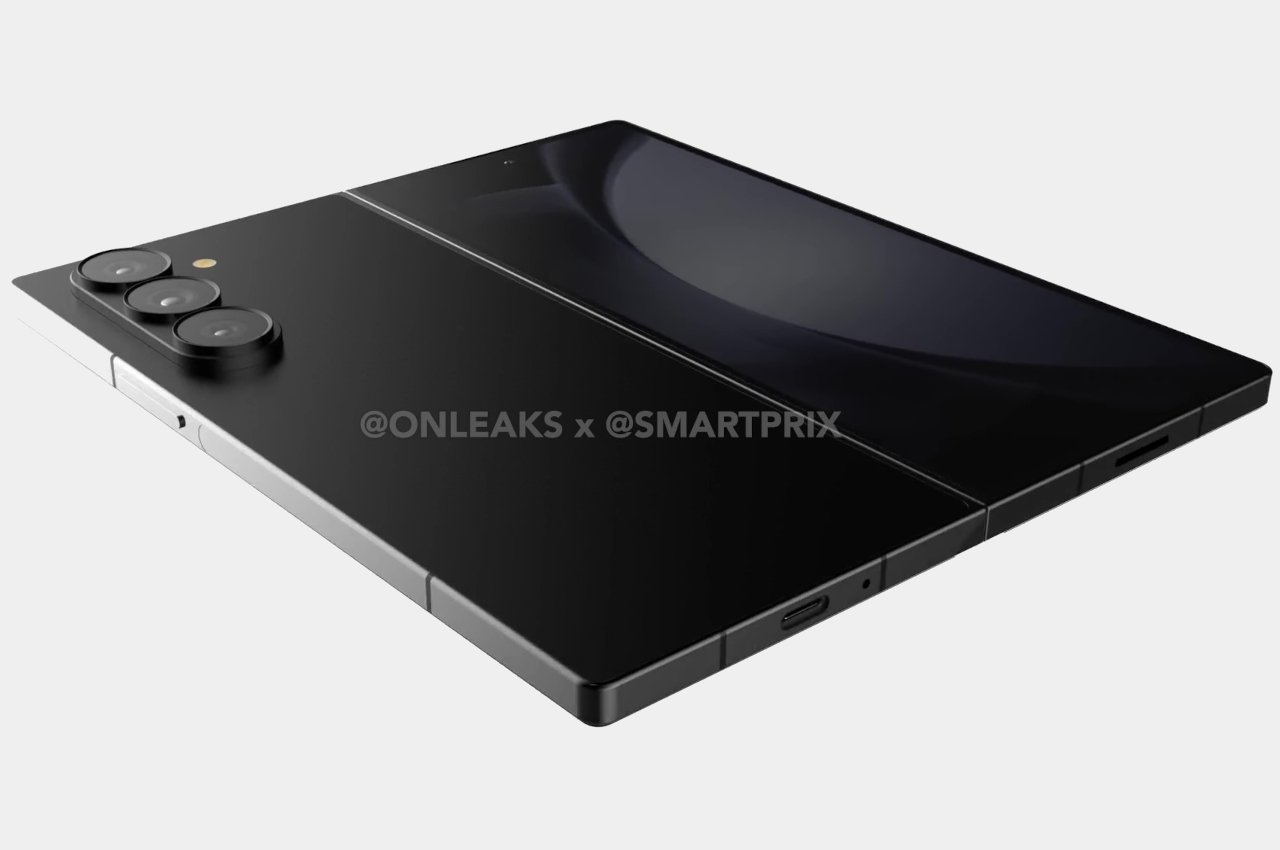
Galaxy Z Fold 6: Final Thoughts
It looks like Samsung fans will be facing another iterative cycle this year as far as the Galaxy Z Fold 6 is concerned. While there will be marked improvements in terms of performance and design, some of the pain points current owners have remained unaddressed. Hopefully, the wider Cover Screen aspect ratio will indeed improve the phone’s overall usability, the change might be a bit too subtle to matter. Photography is where the Galaxy Z Fold 6 will hurt the most, and Samsung has to prove that it can pull out a rabbit from its hat using these aging camera sensors.
Although Samsung leads the smartphone industry because of its wide reach and prestige, it is risking that advantage by sitting on its laurels for too long in the foldable market. Although some of its competitors aren’t available in major markets where Samsung plays, they do drive home the flaws in Samsung’s design. If these brands can achieve something that a giant like Samsung can’t, then people will start losing confidence in the brand’s products, creating a self-fulfilling prophecy of weaker sales for the Galaxy Z Fold line.
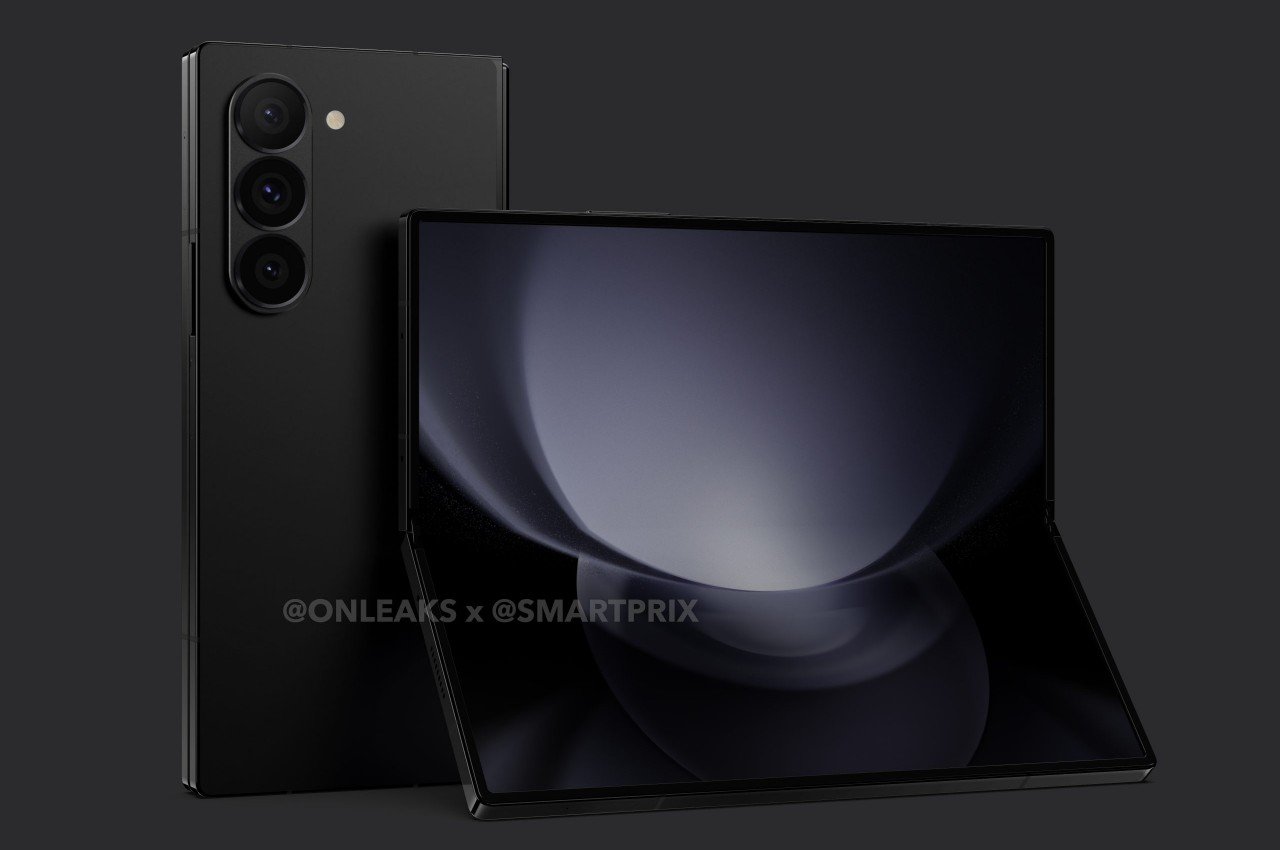
The post Samsung Galaxy Z Fold 6: News, Rumors, Price, and Dates first appeared on Yanko Design.
